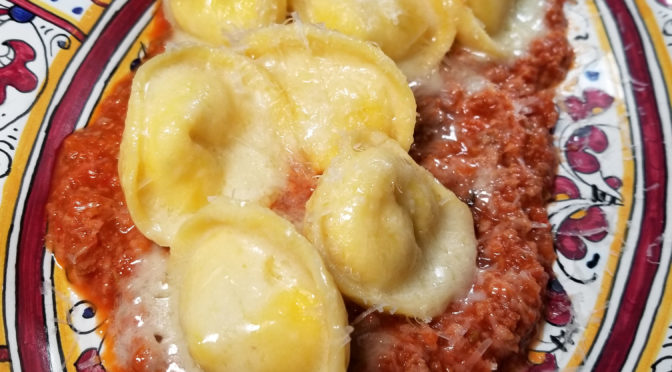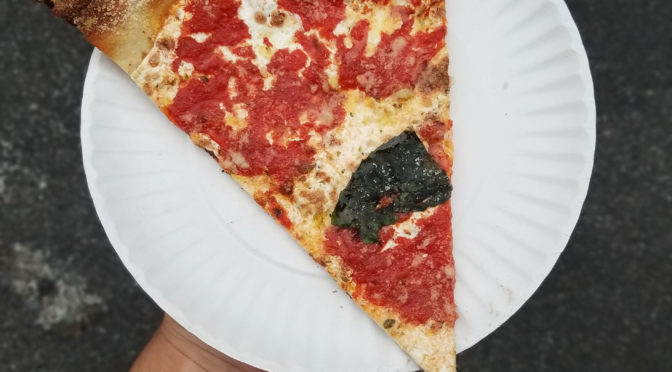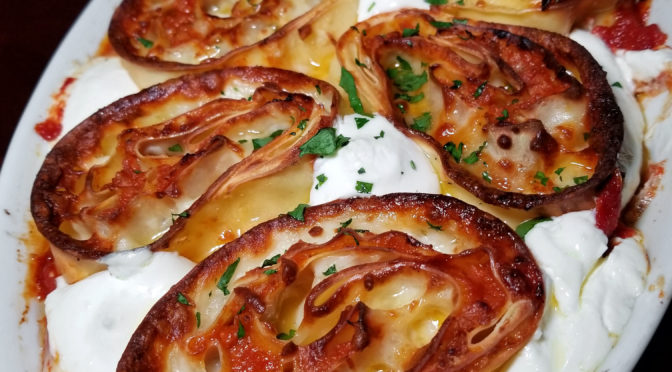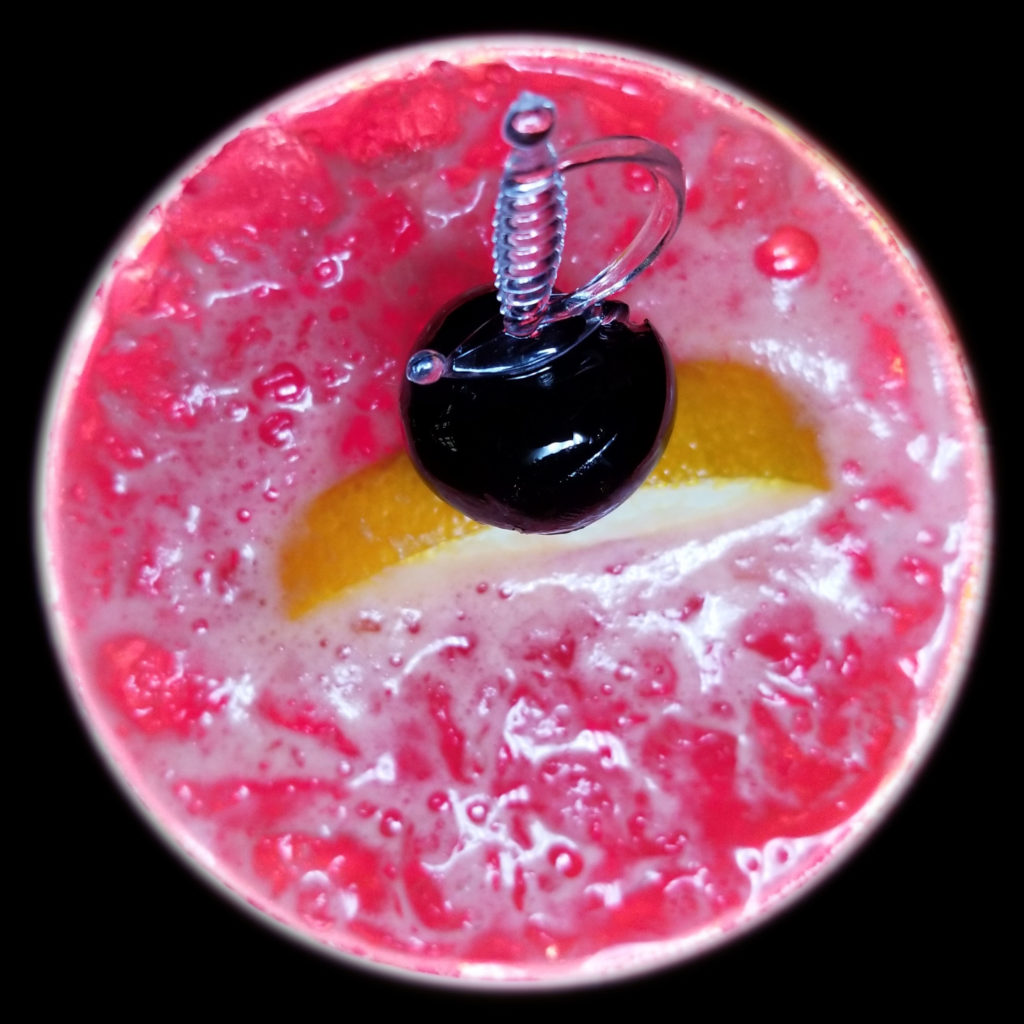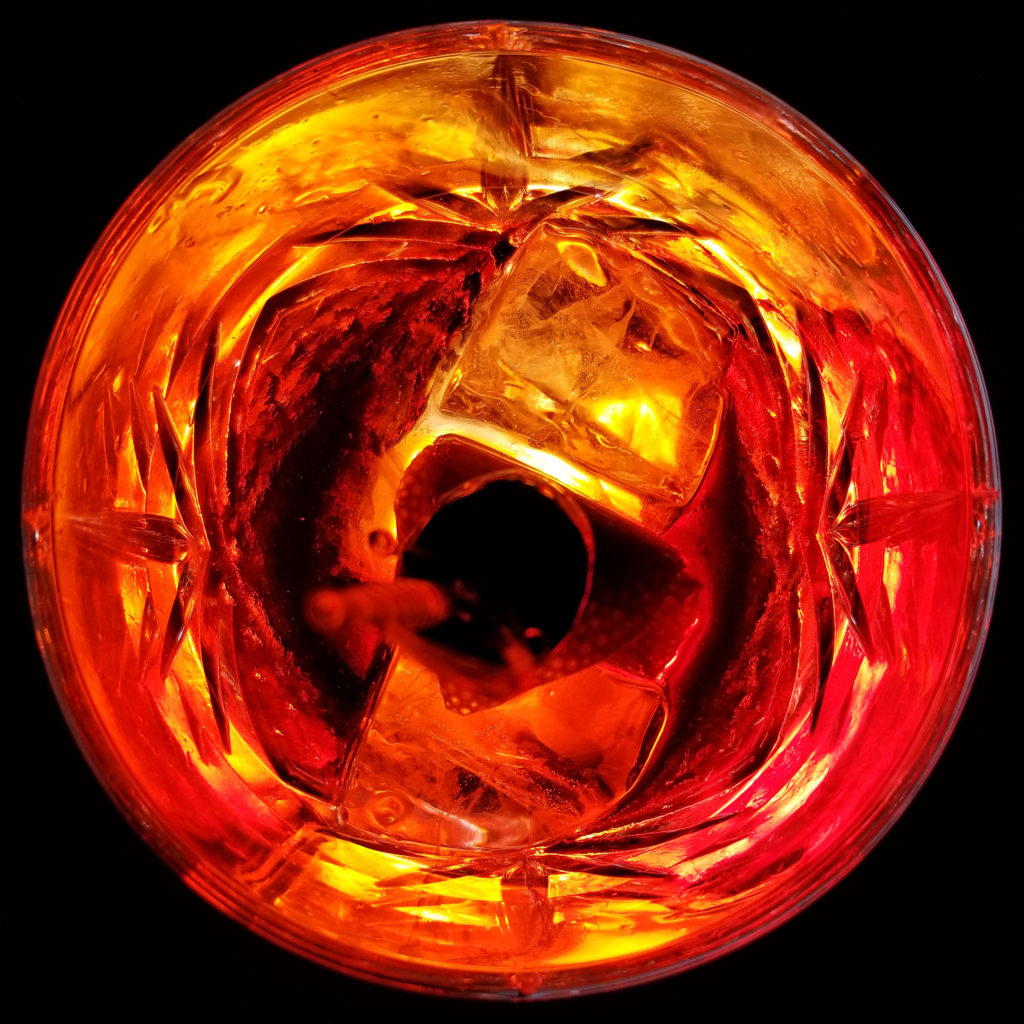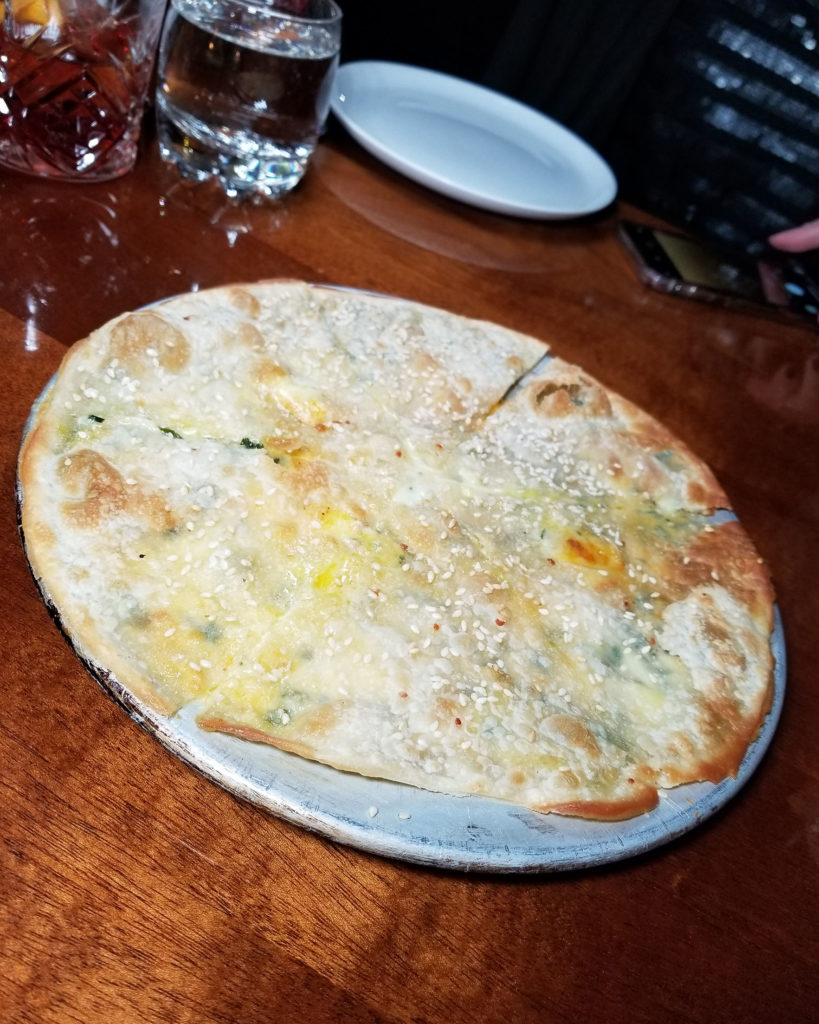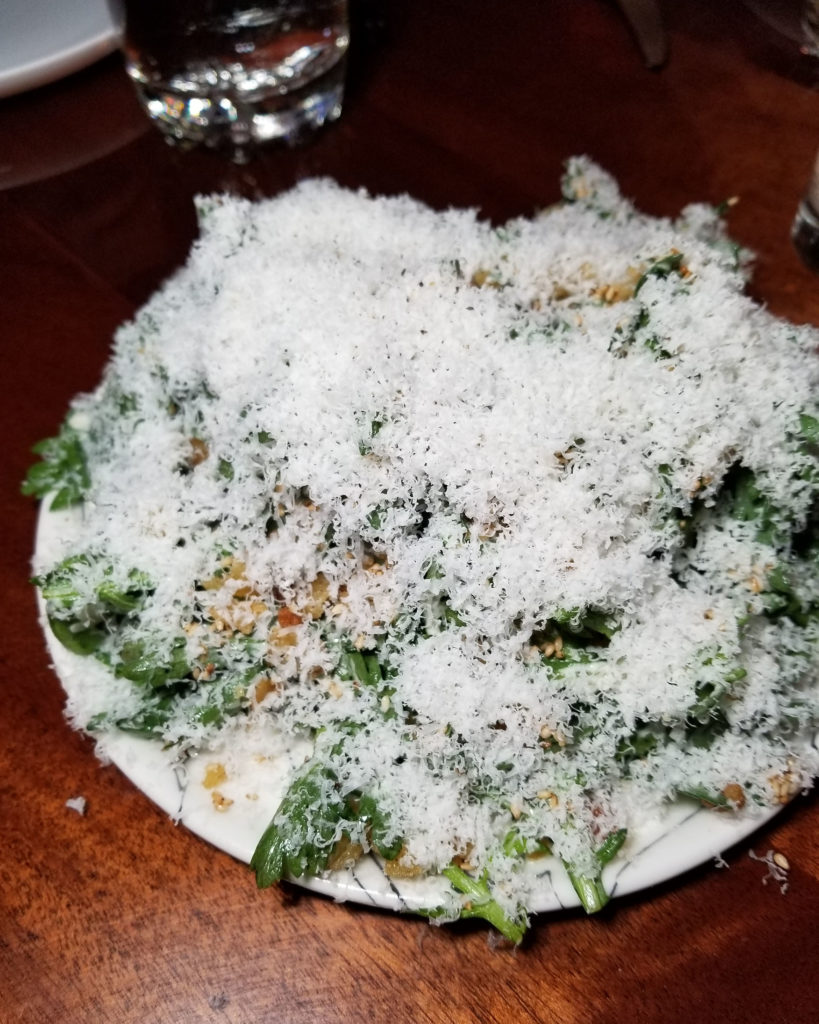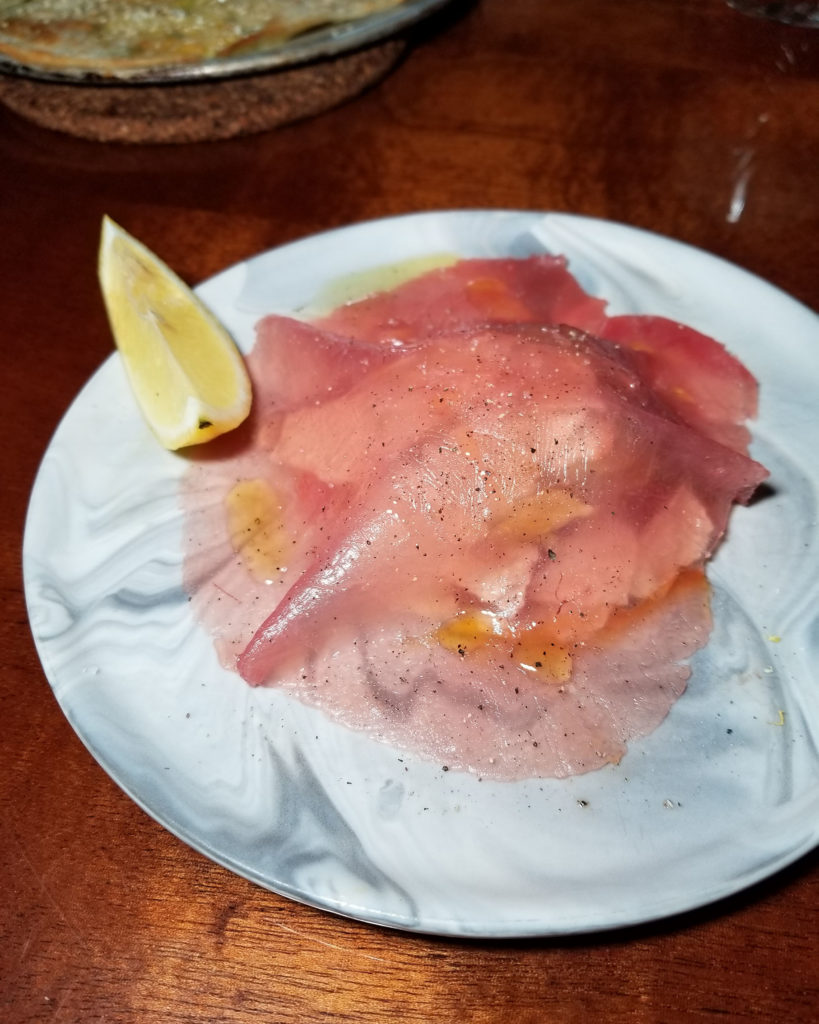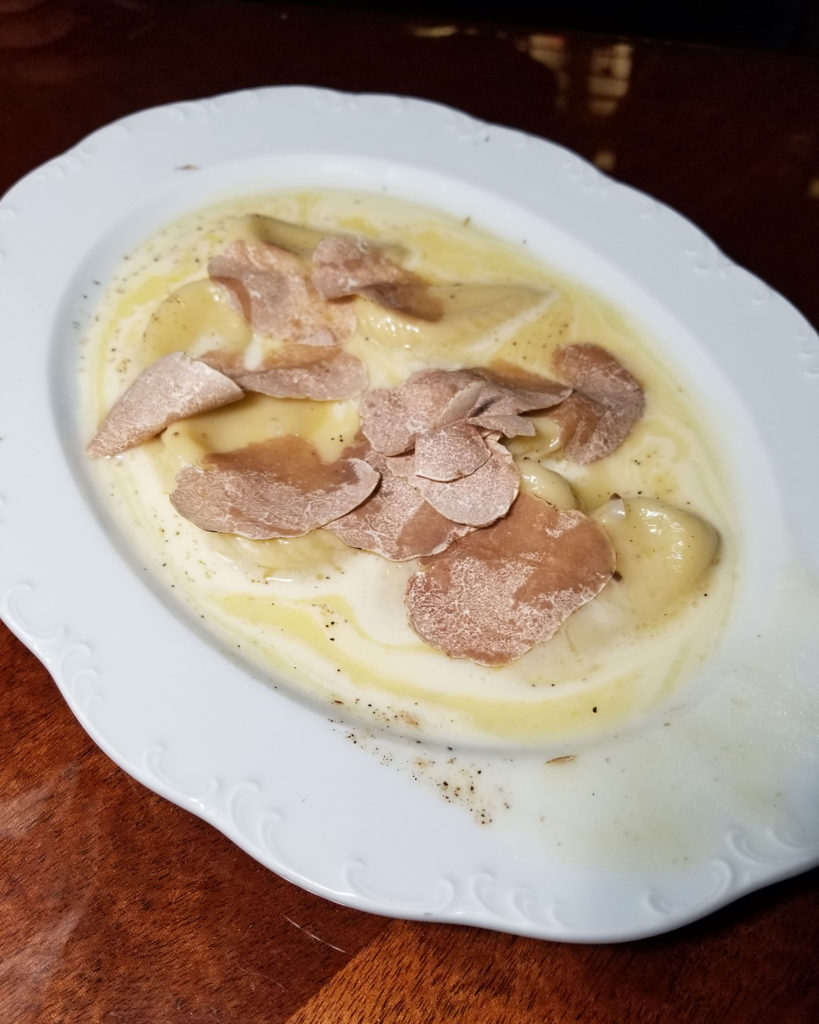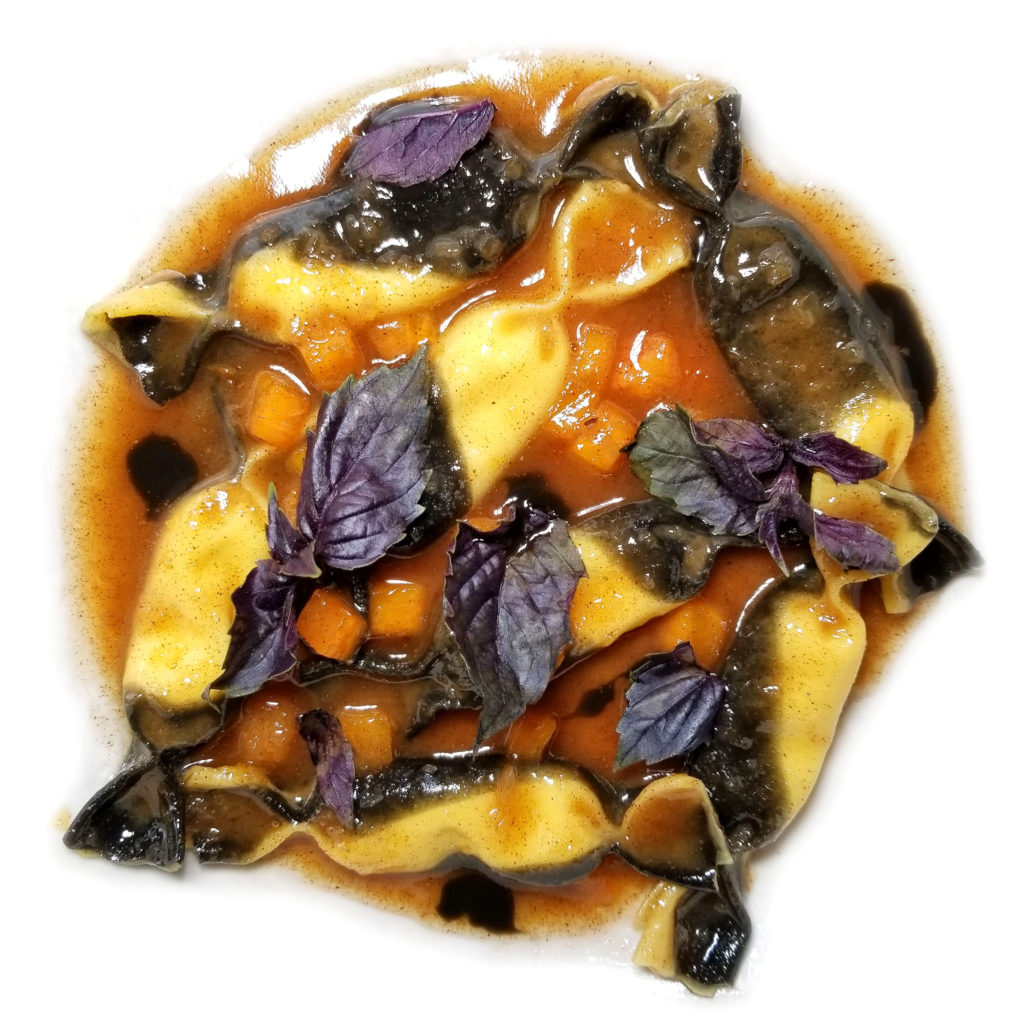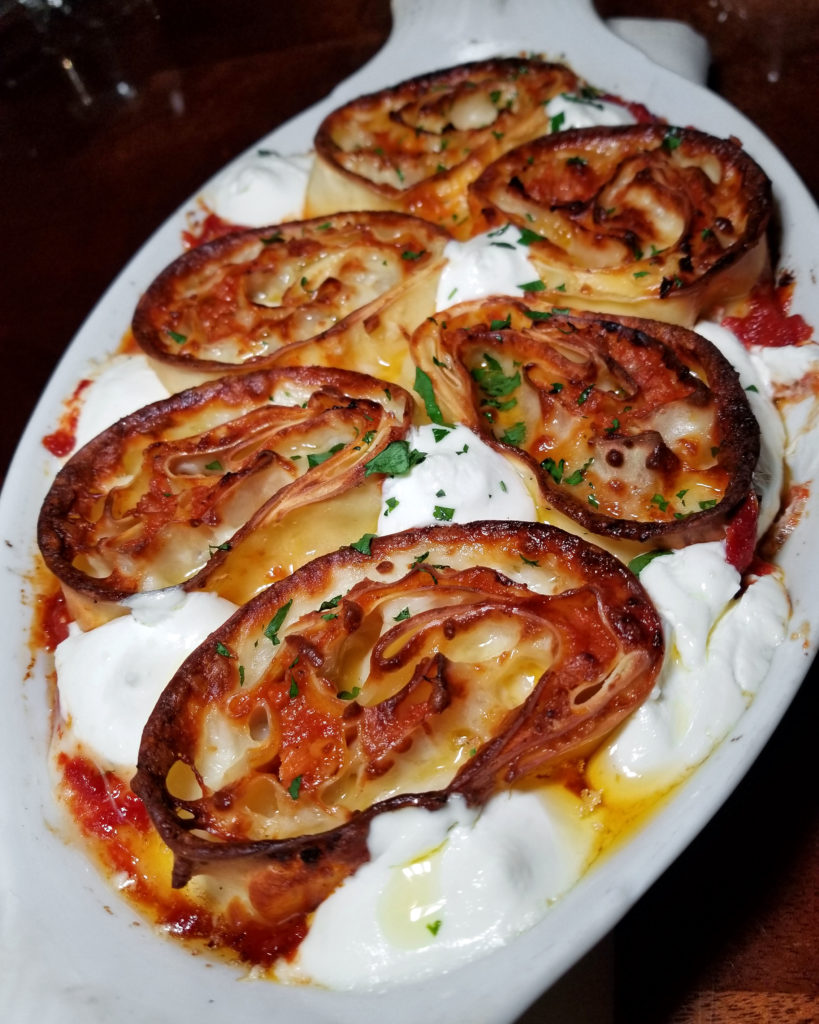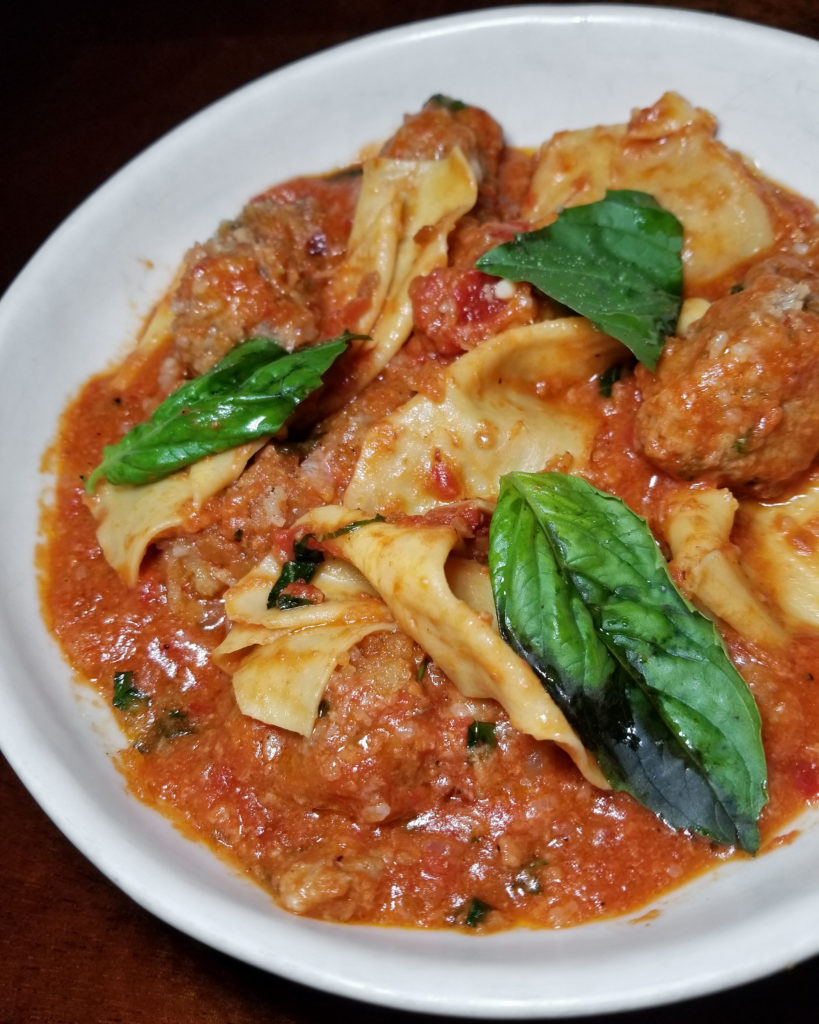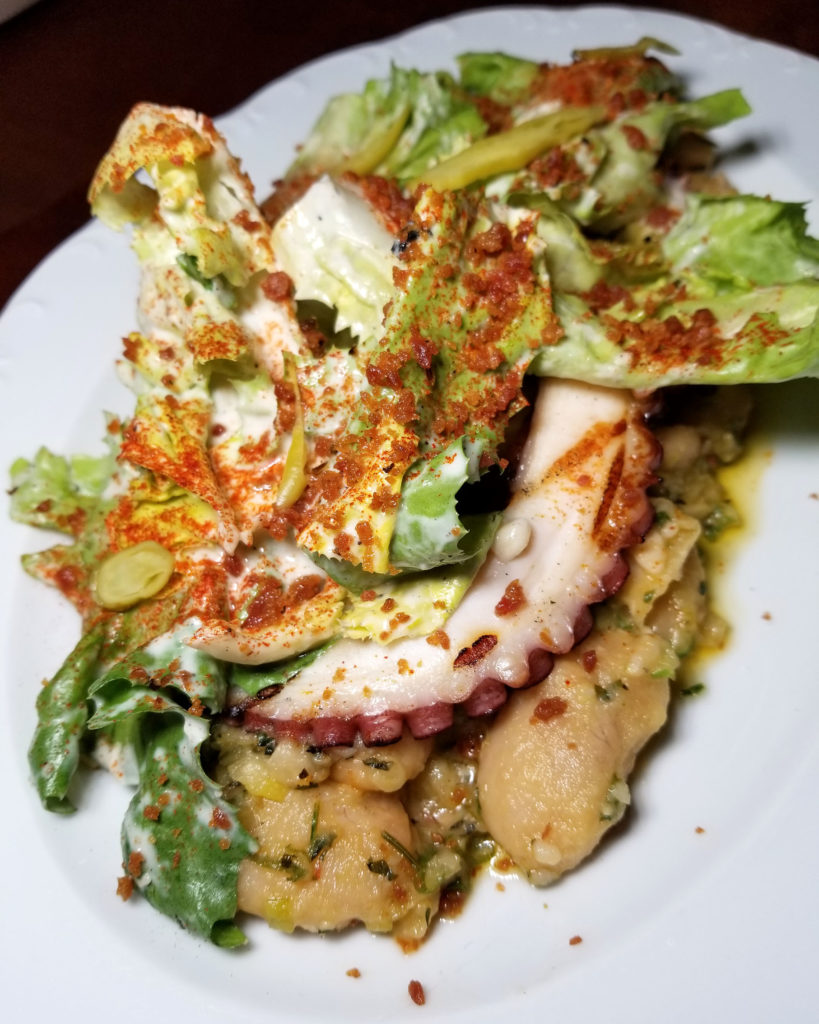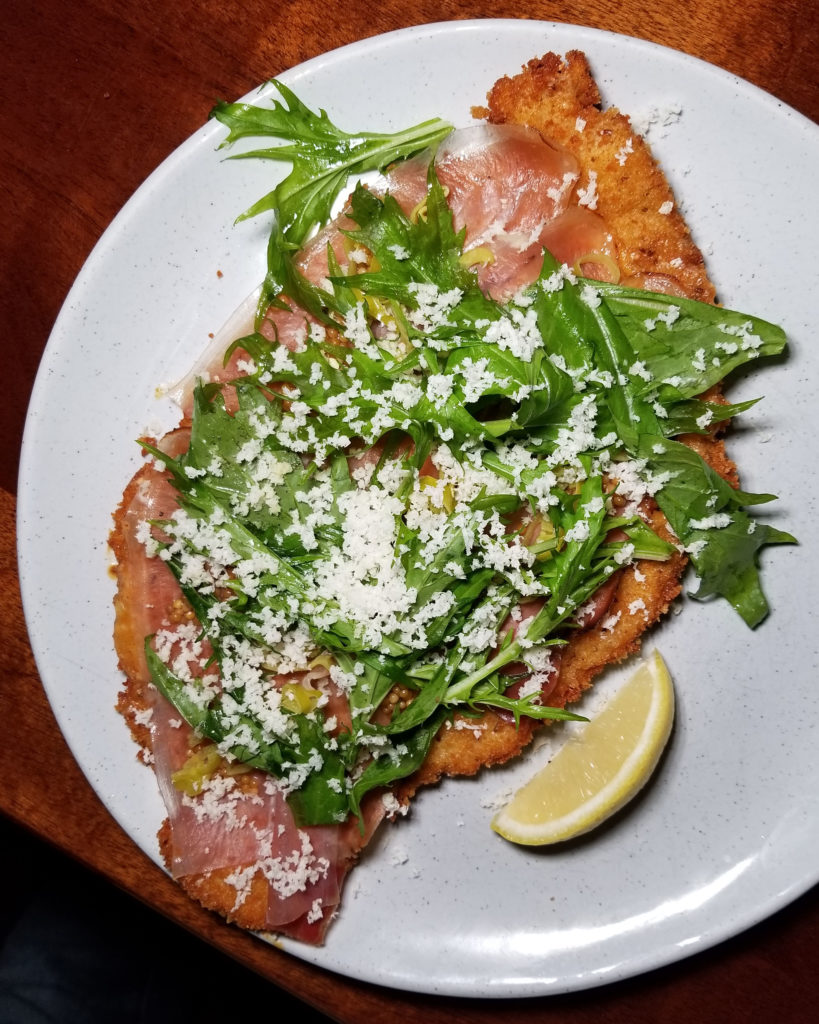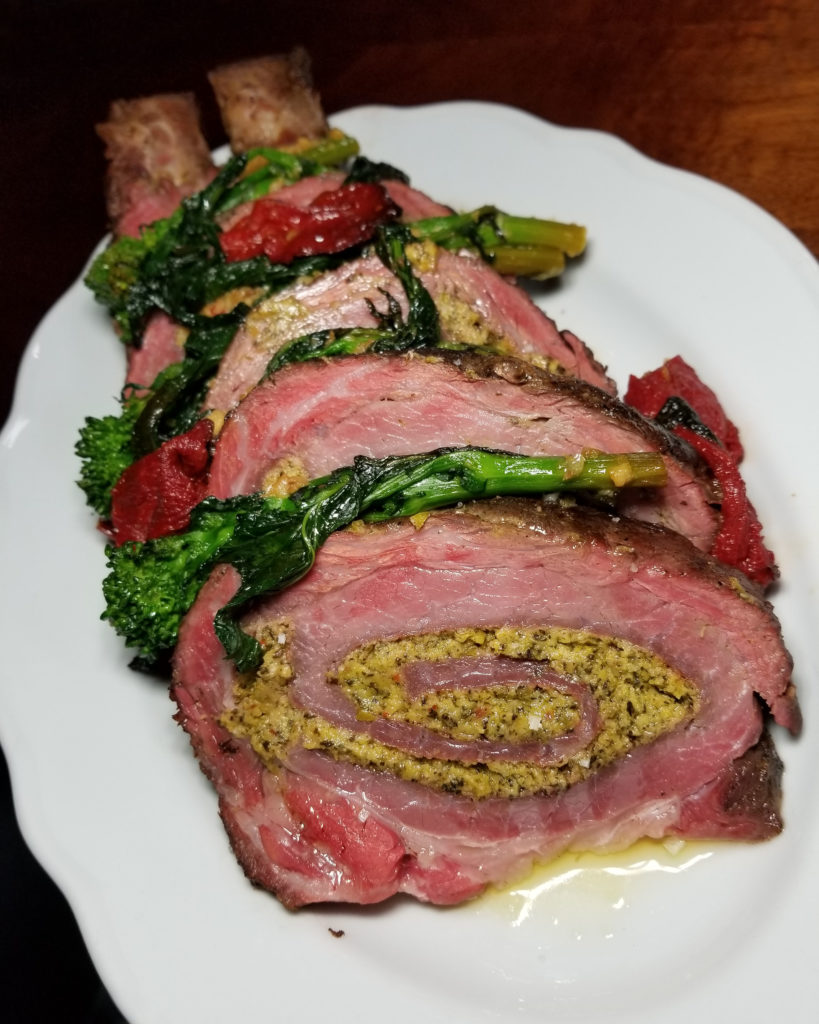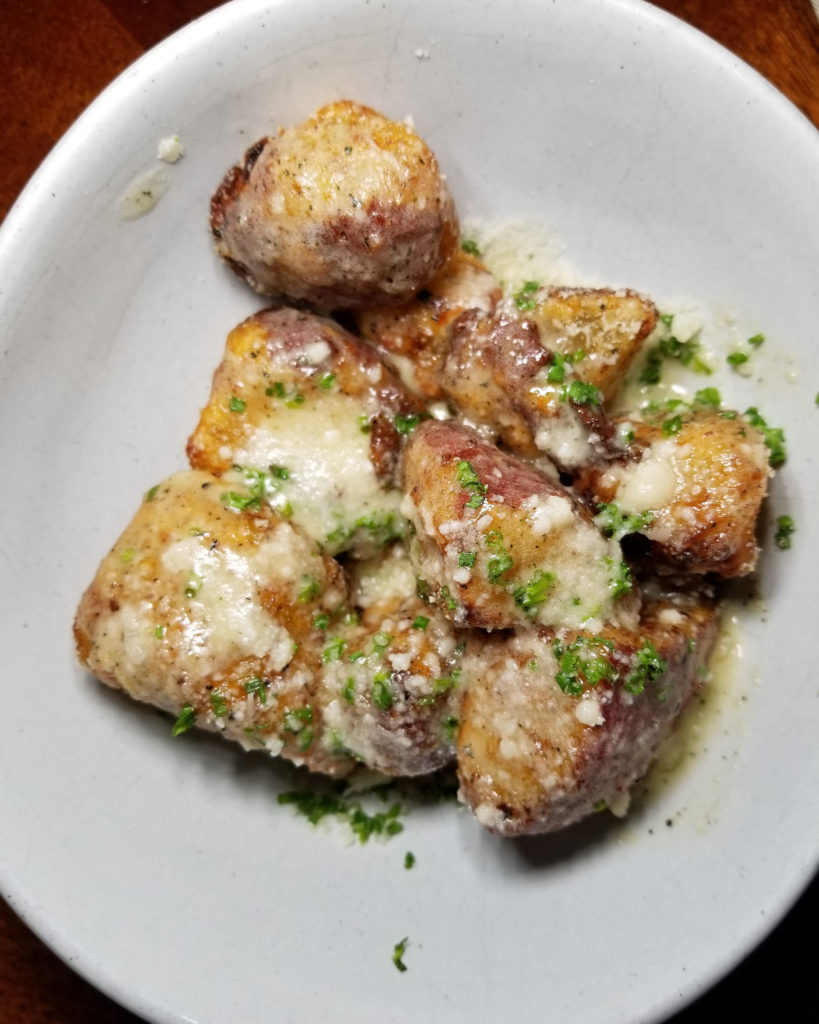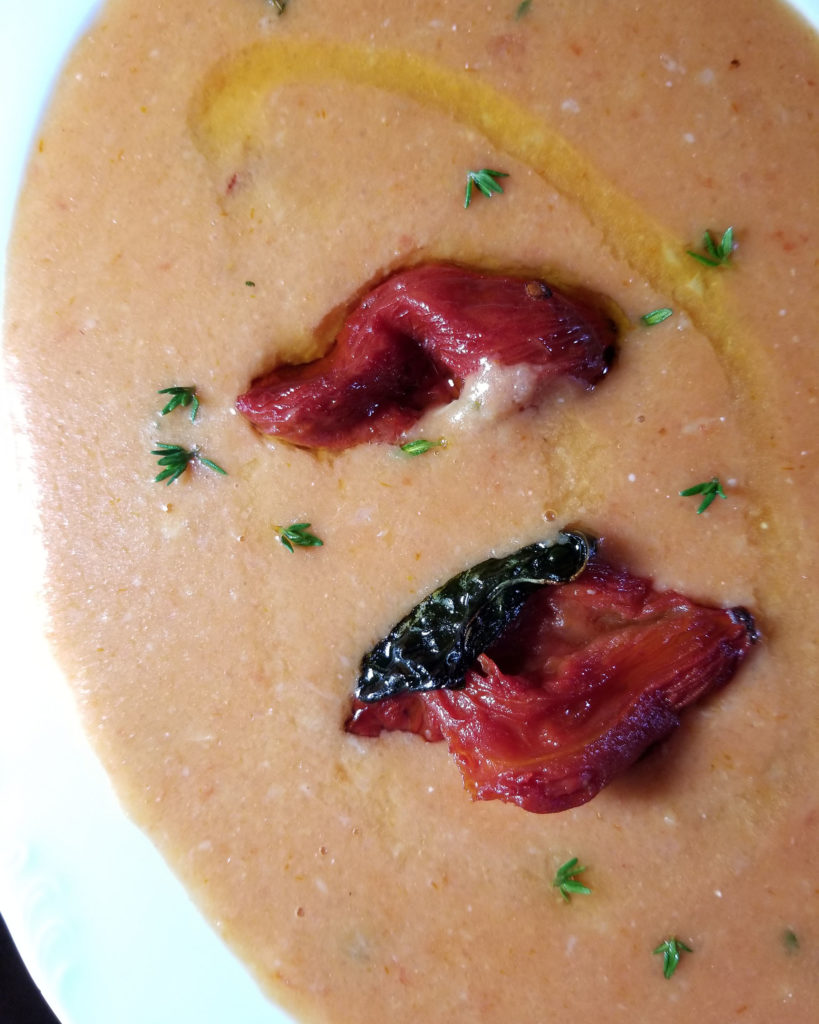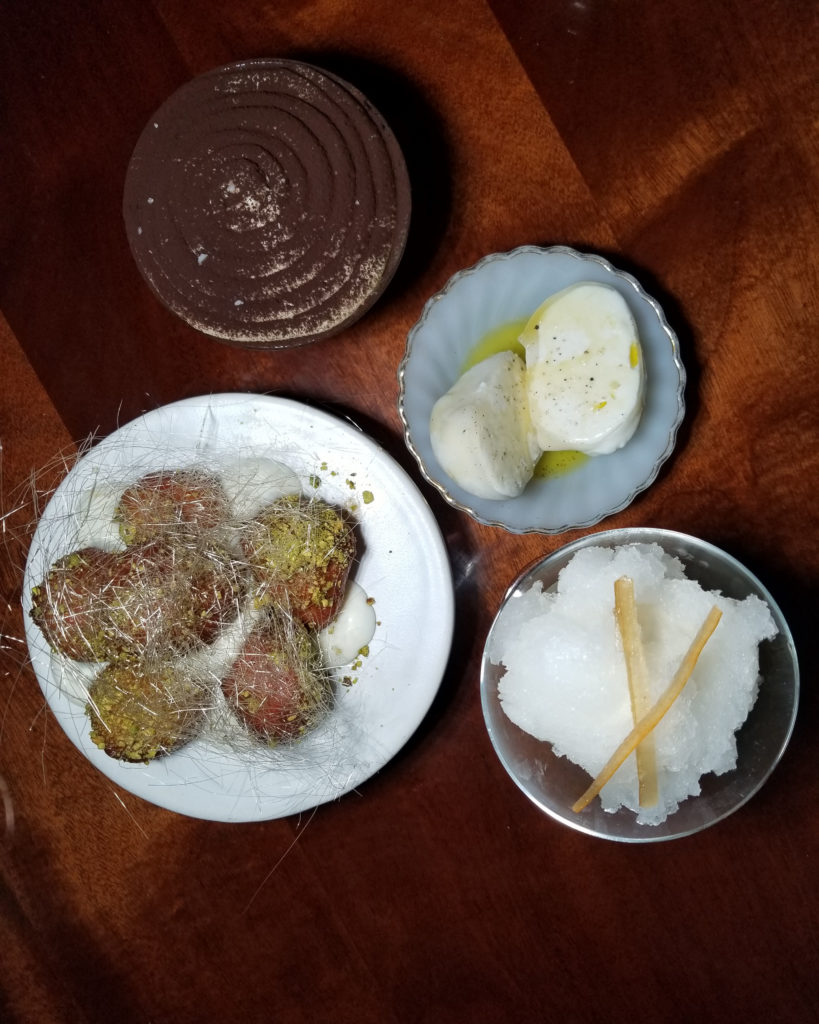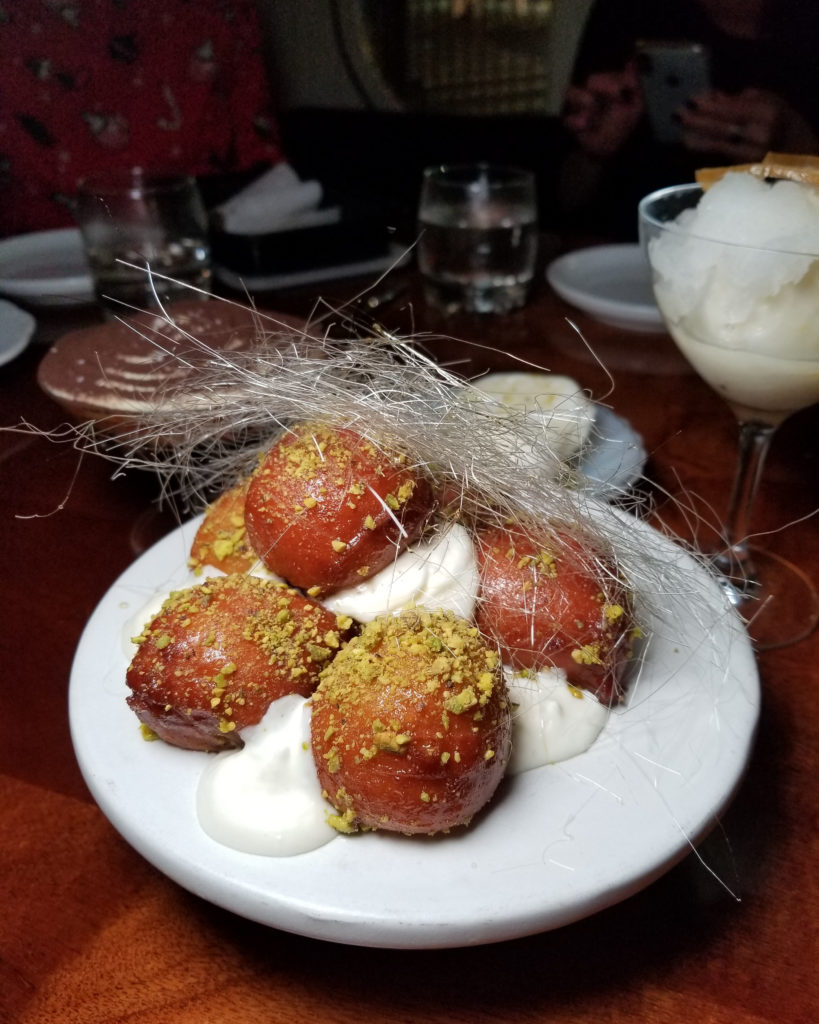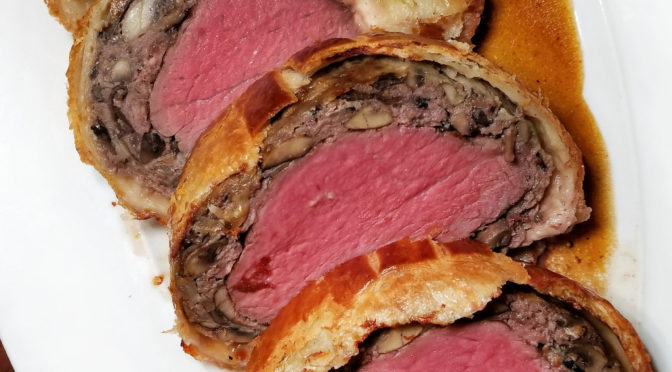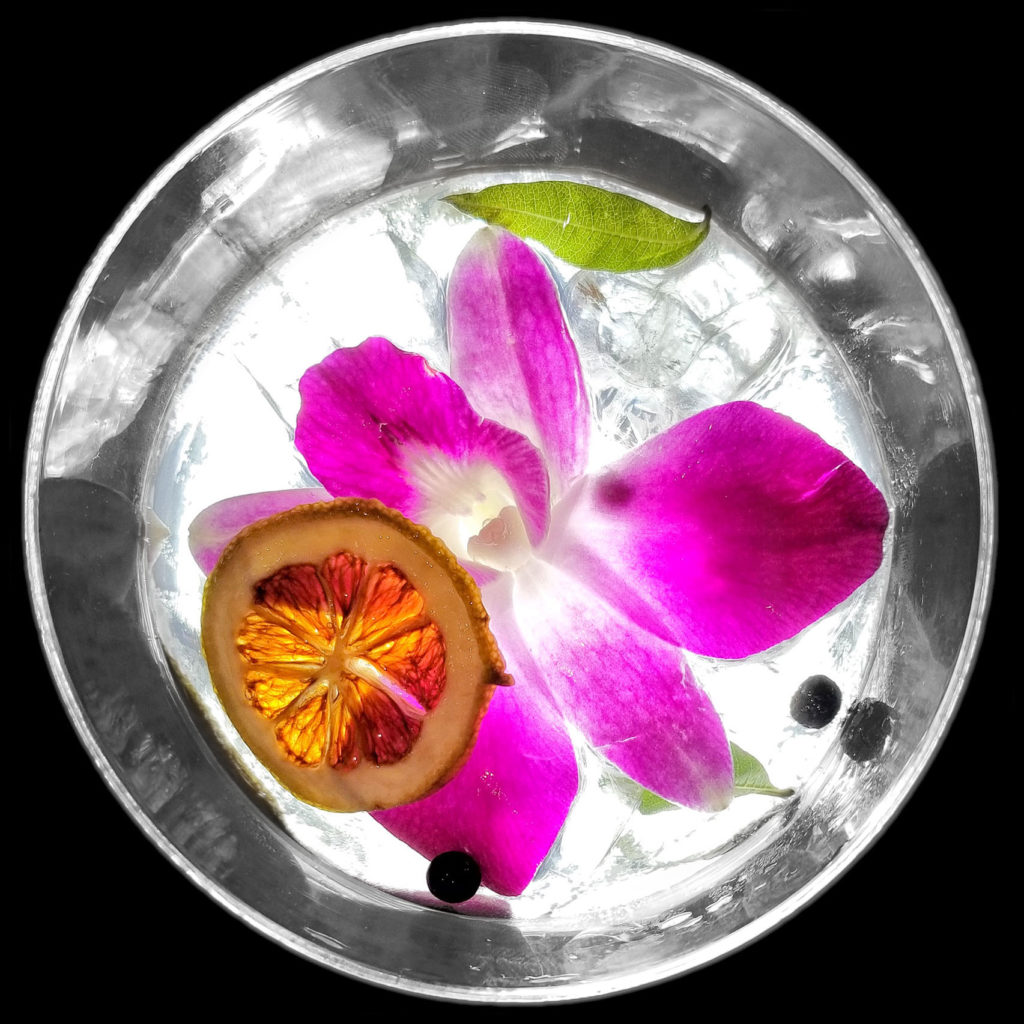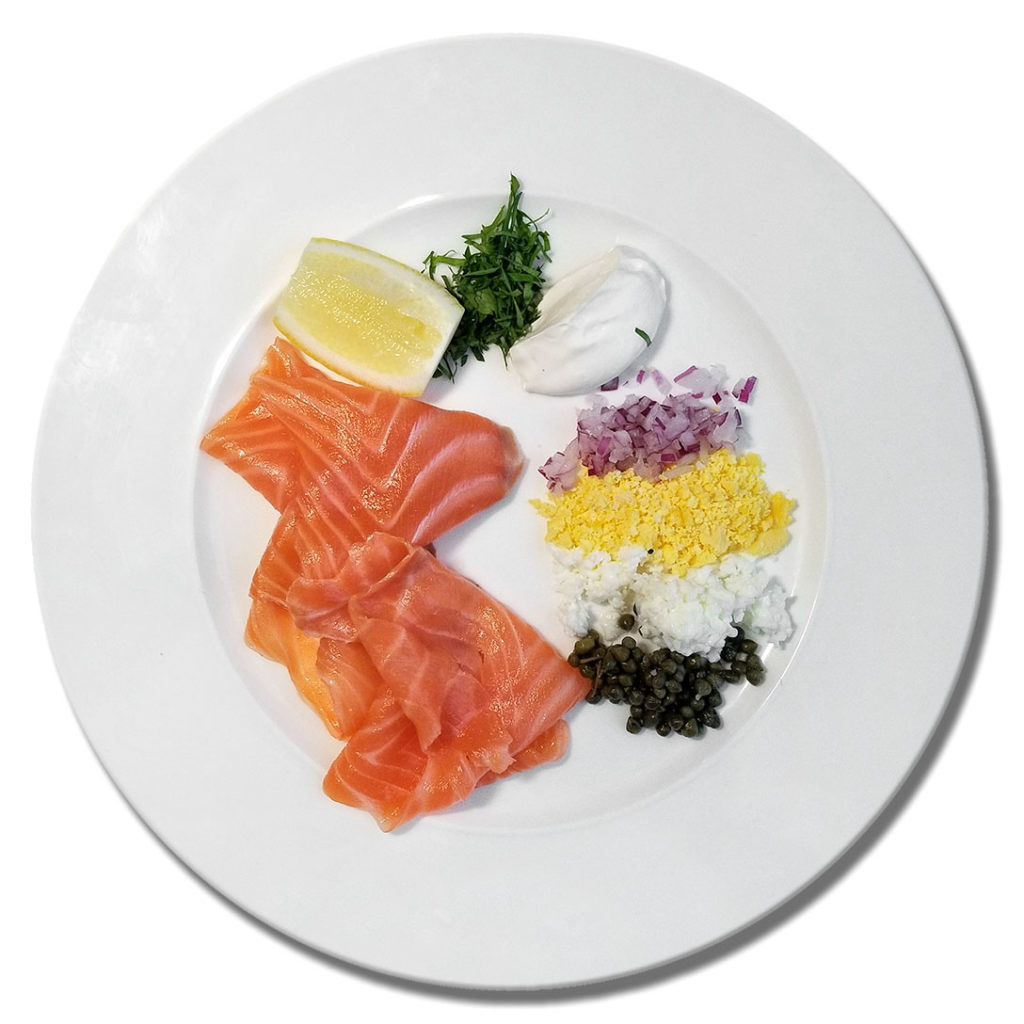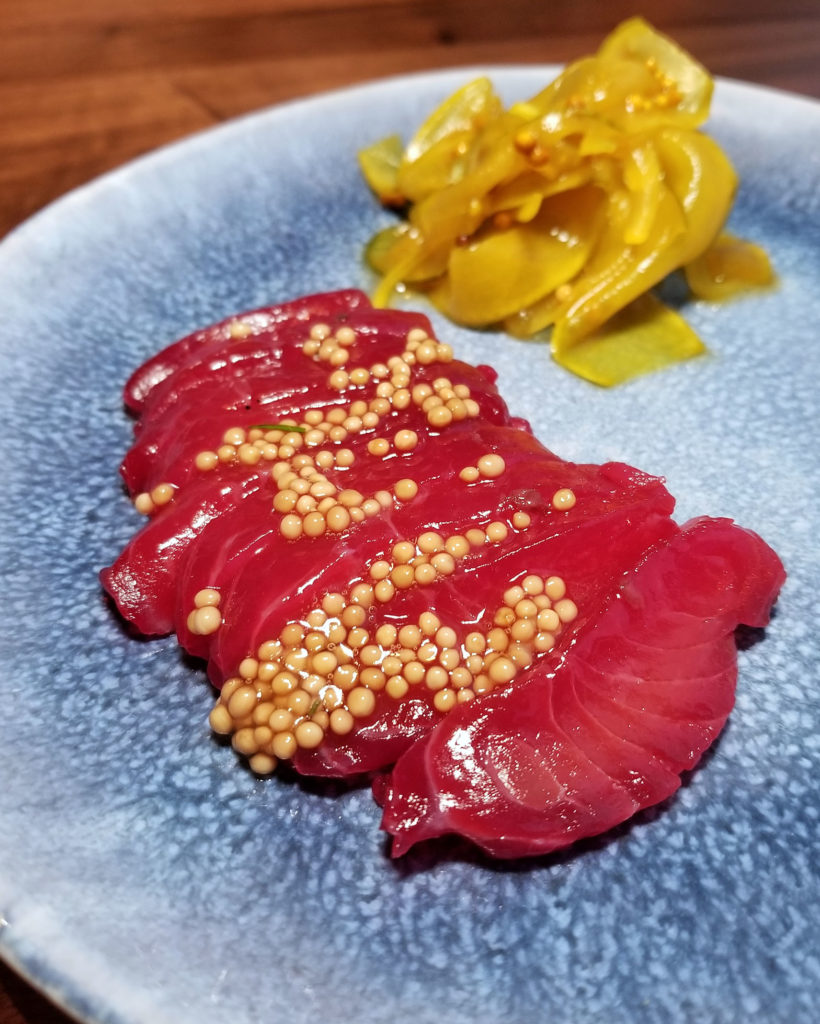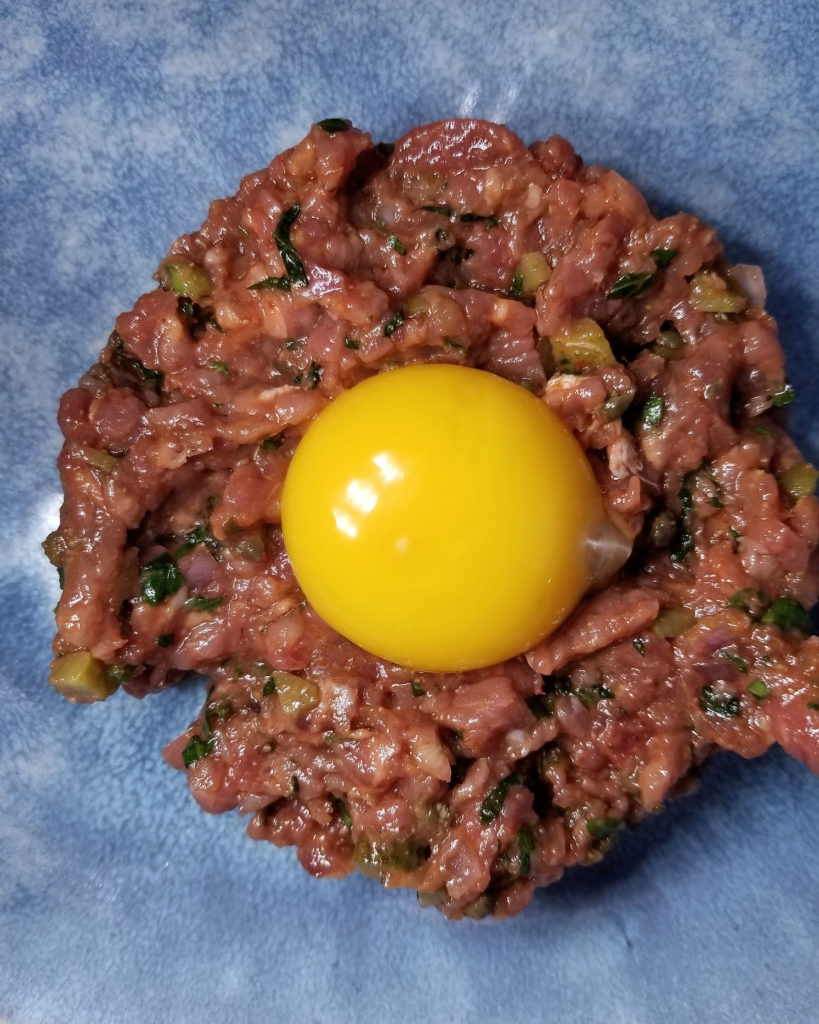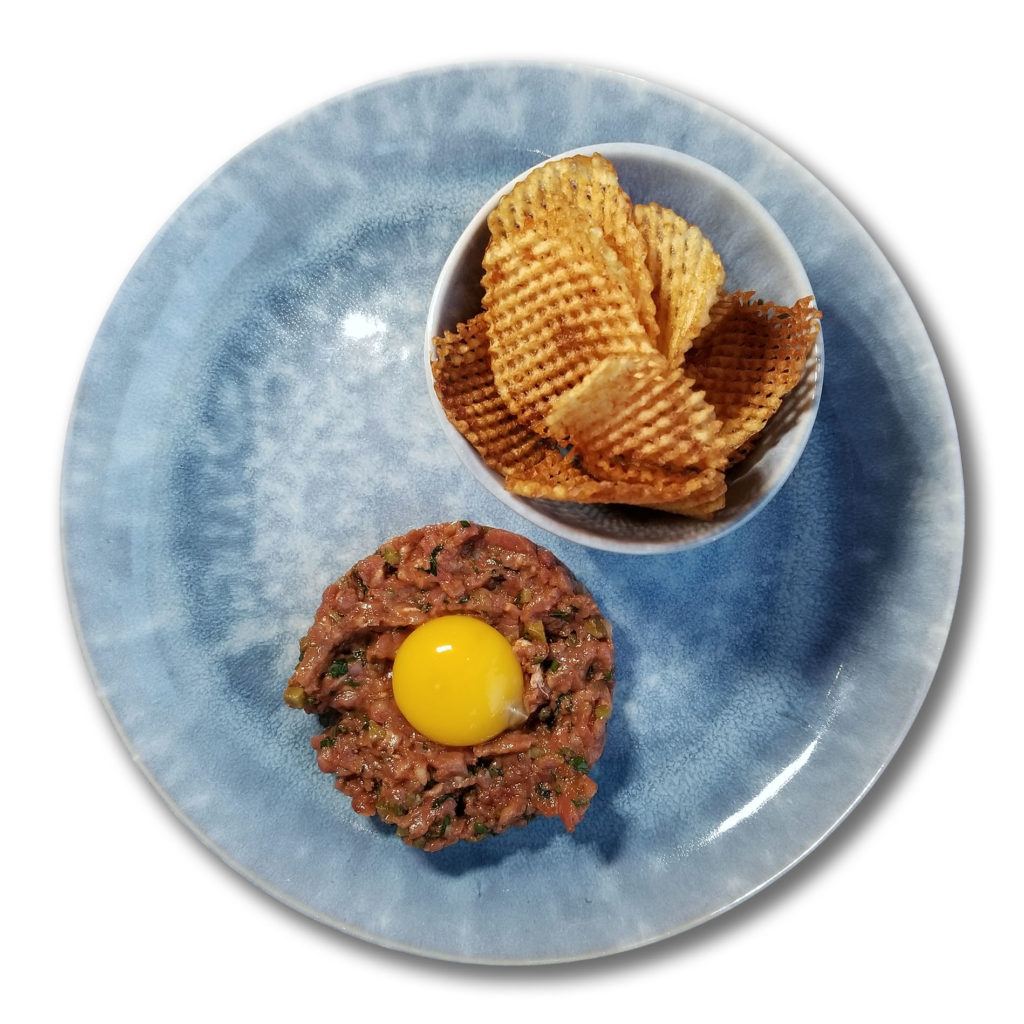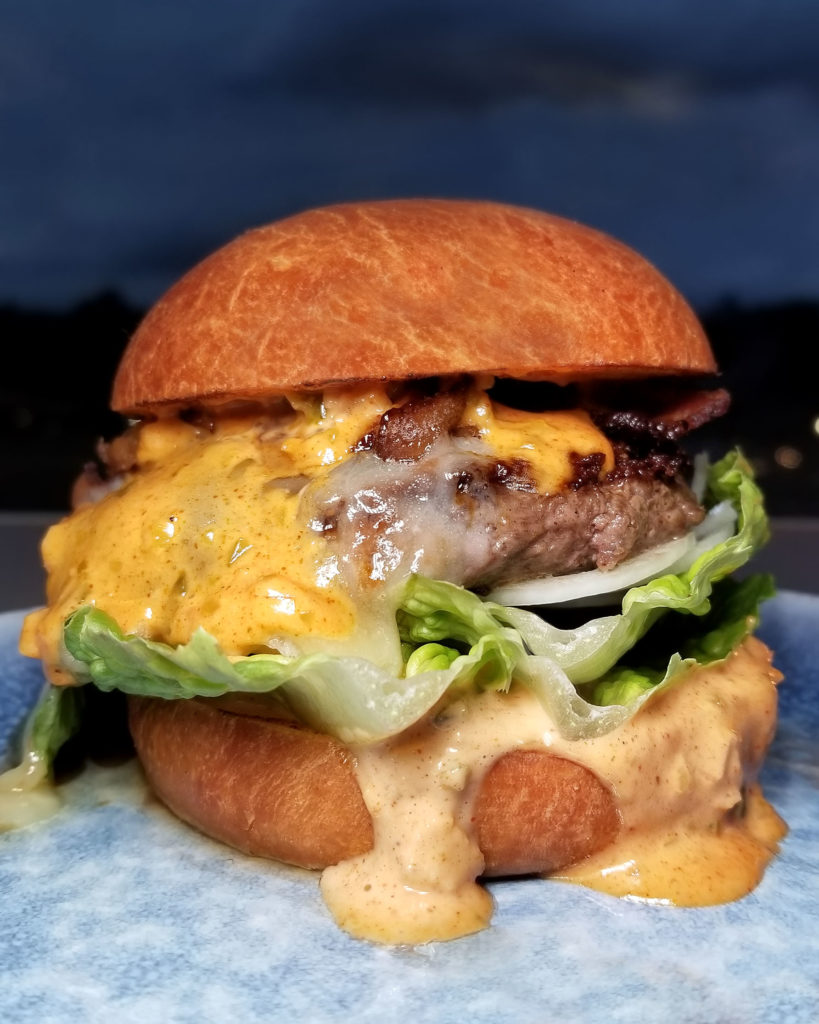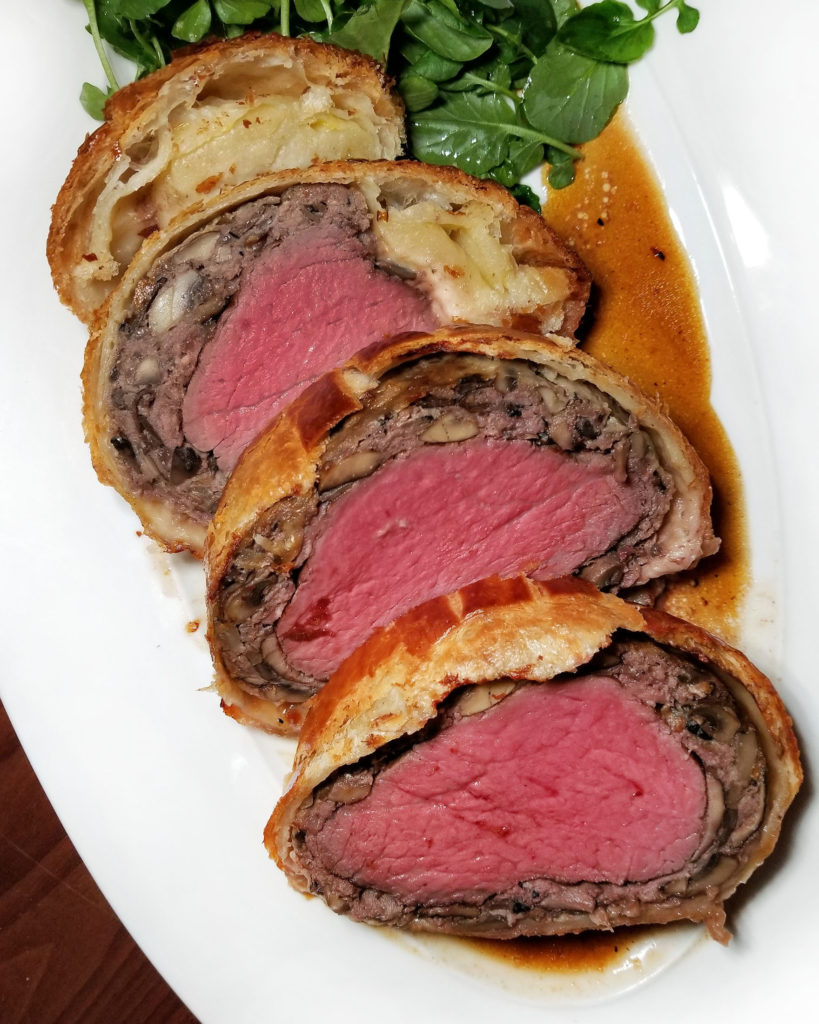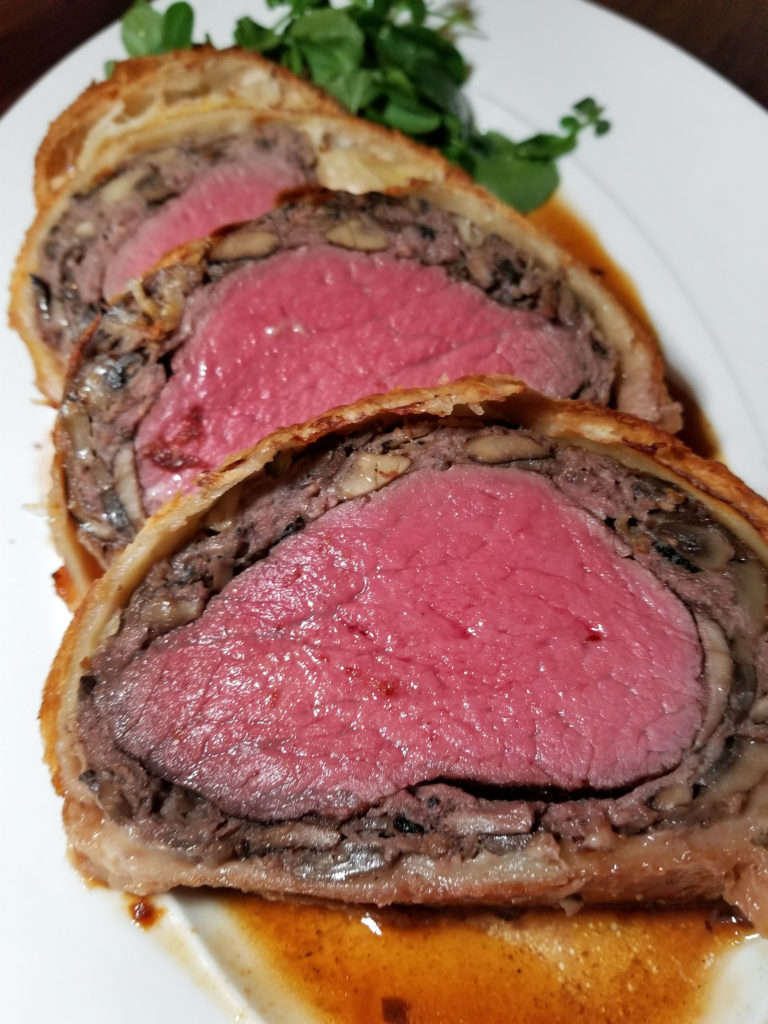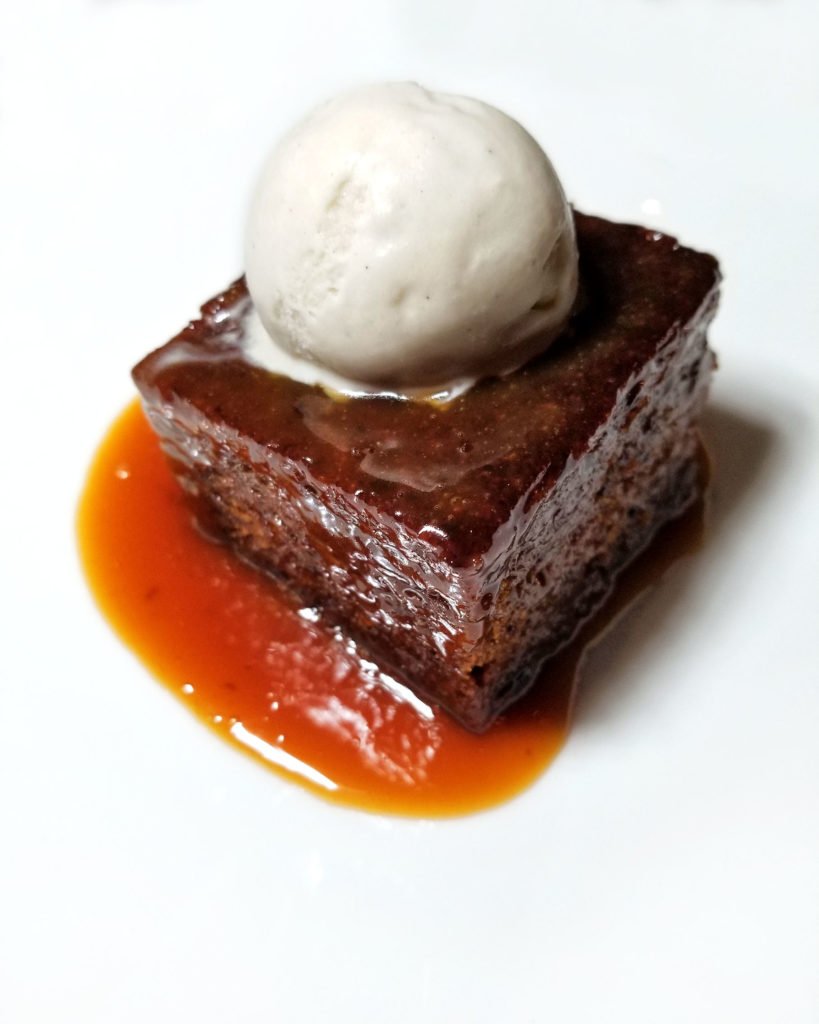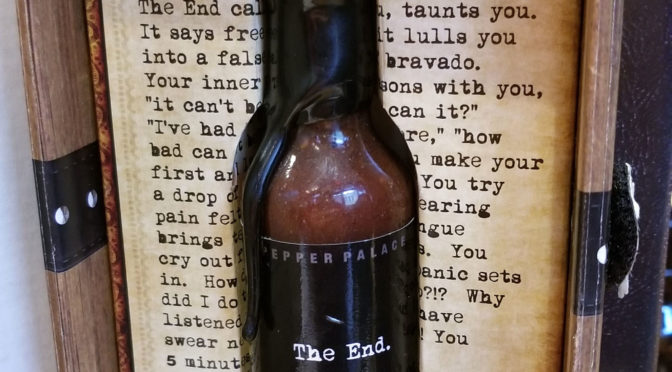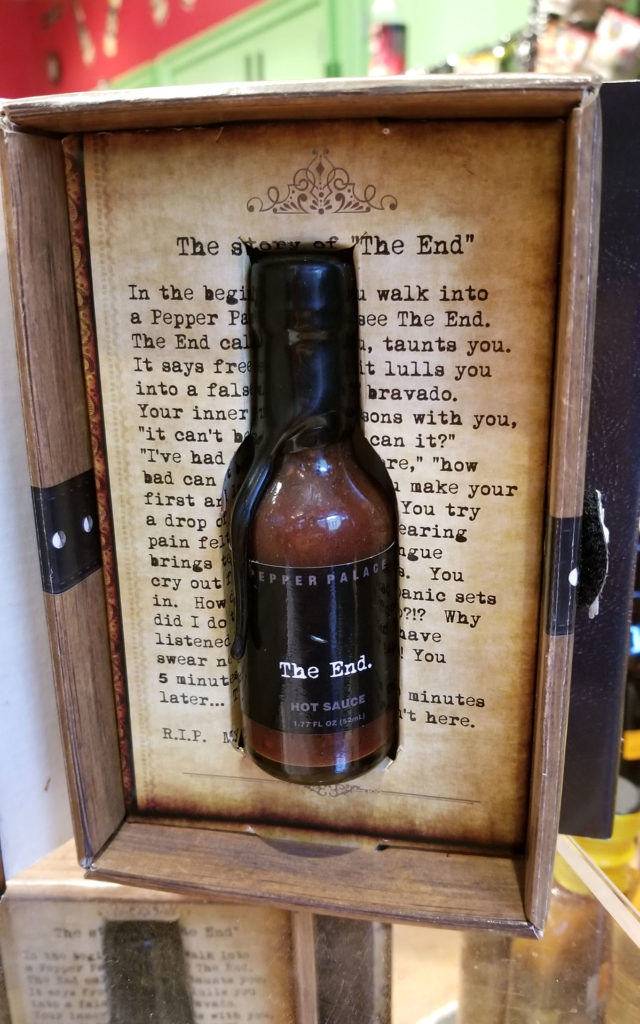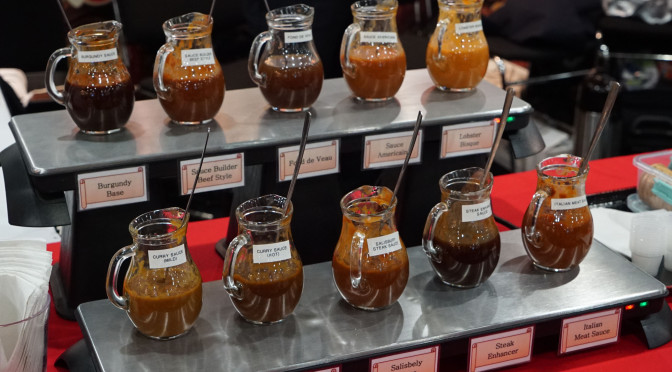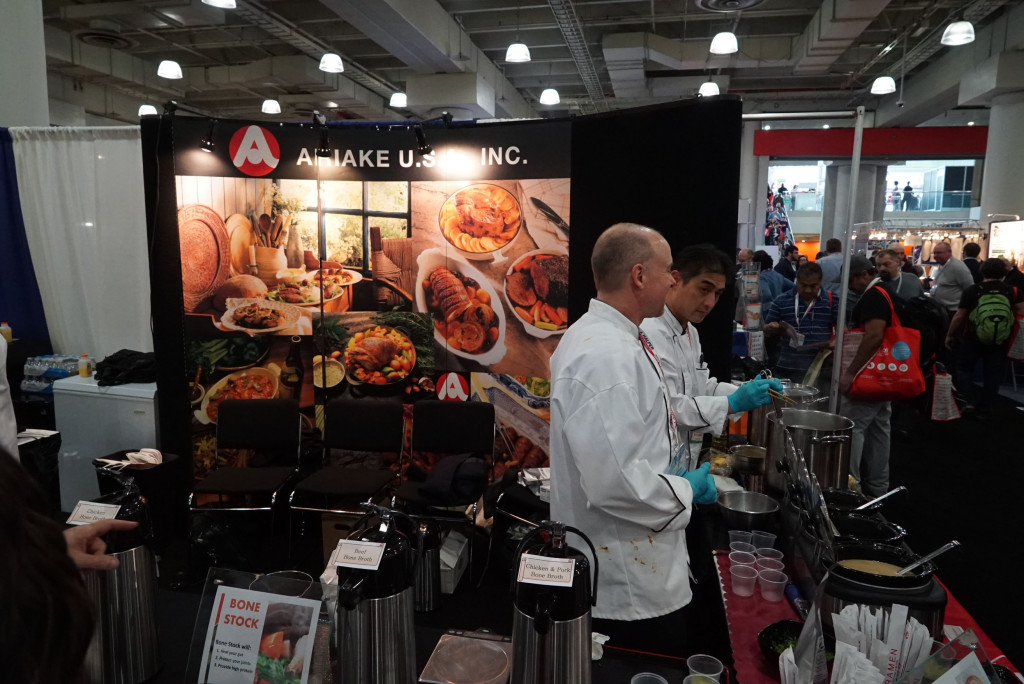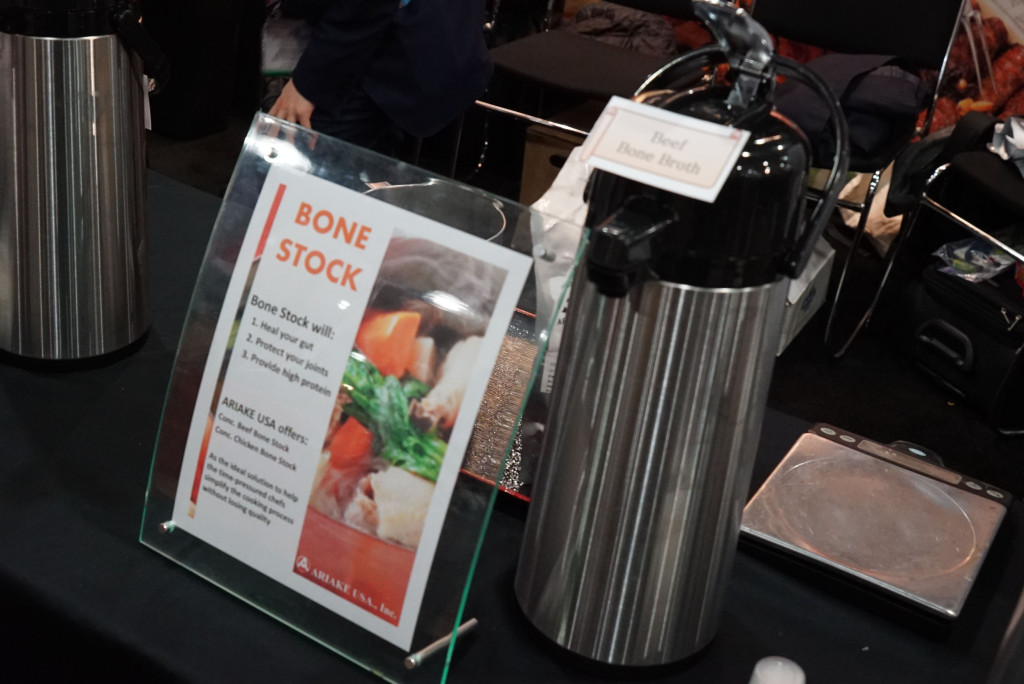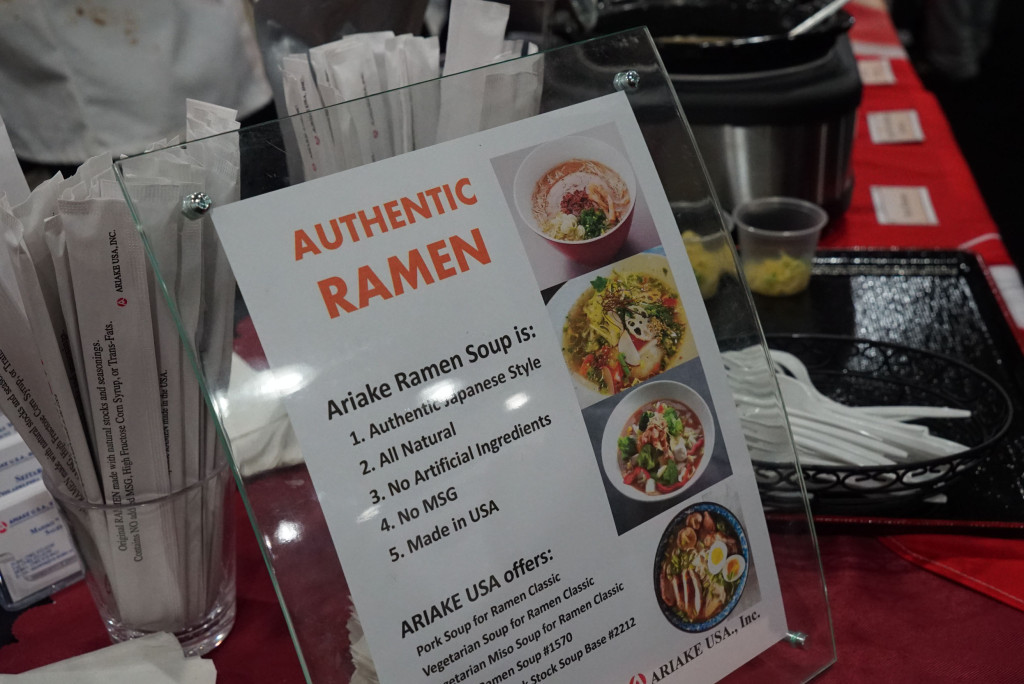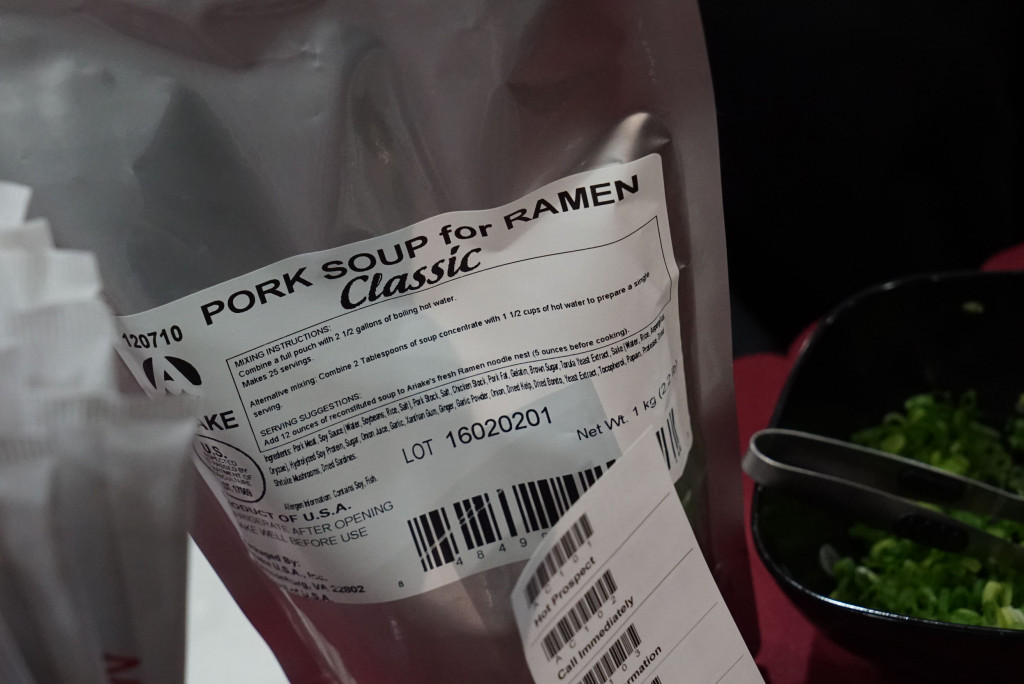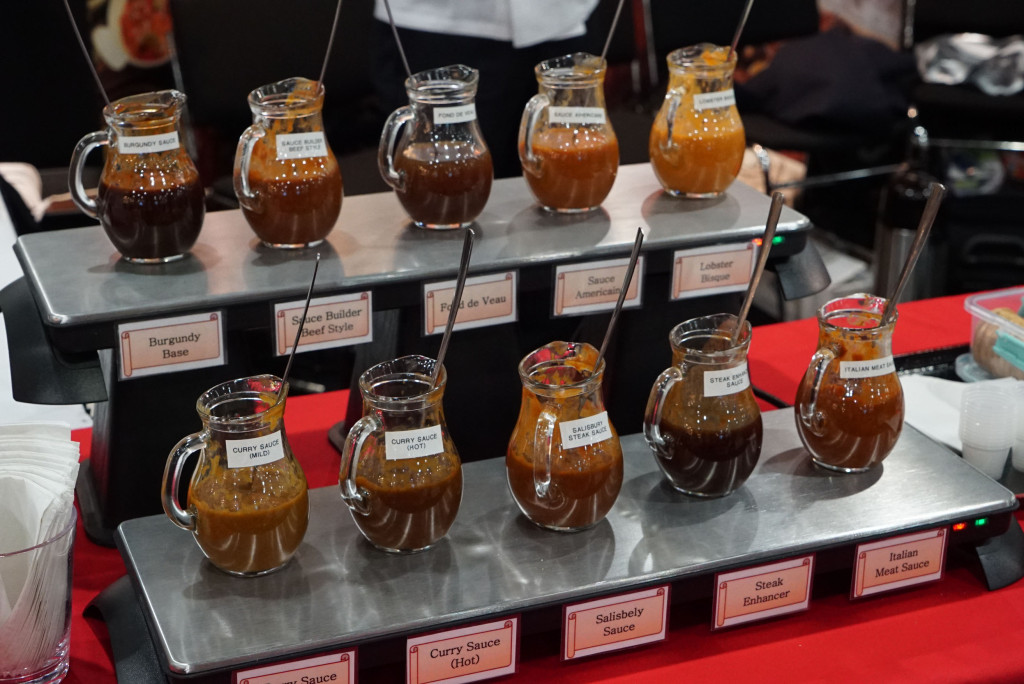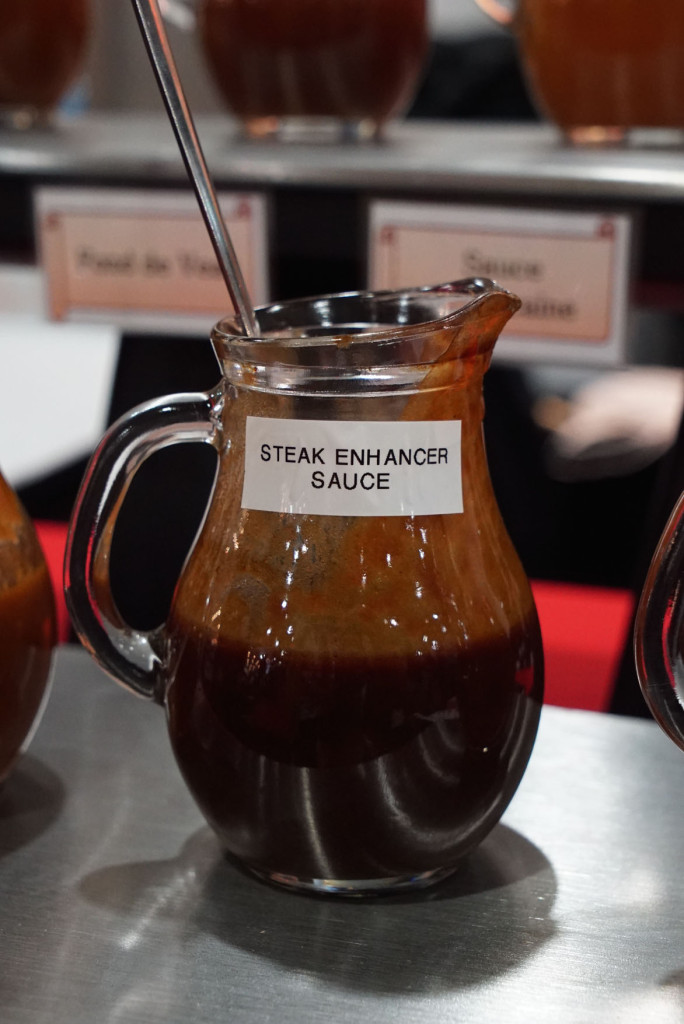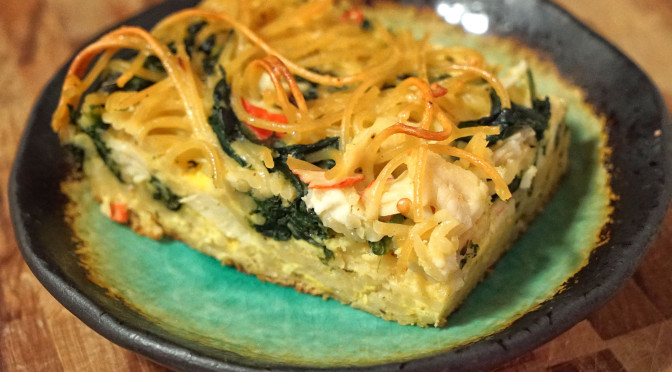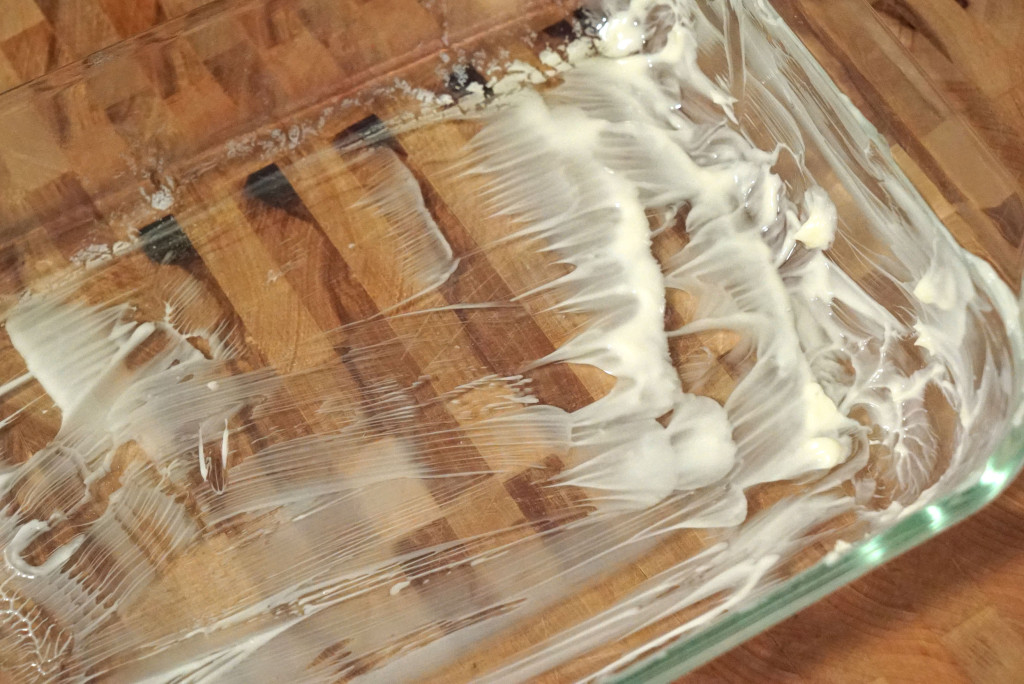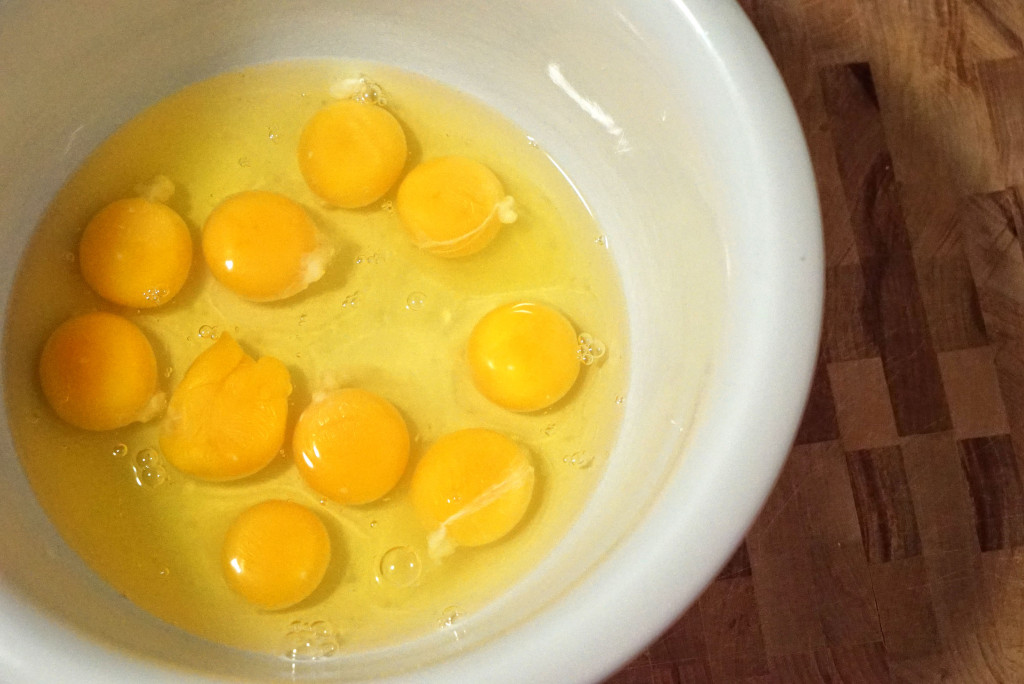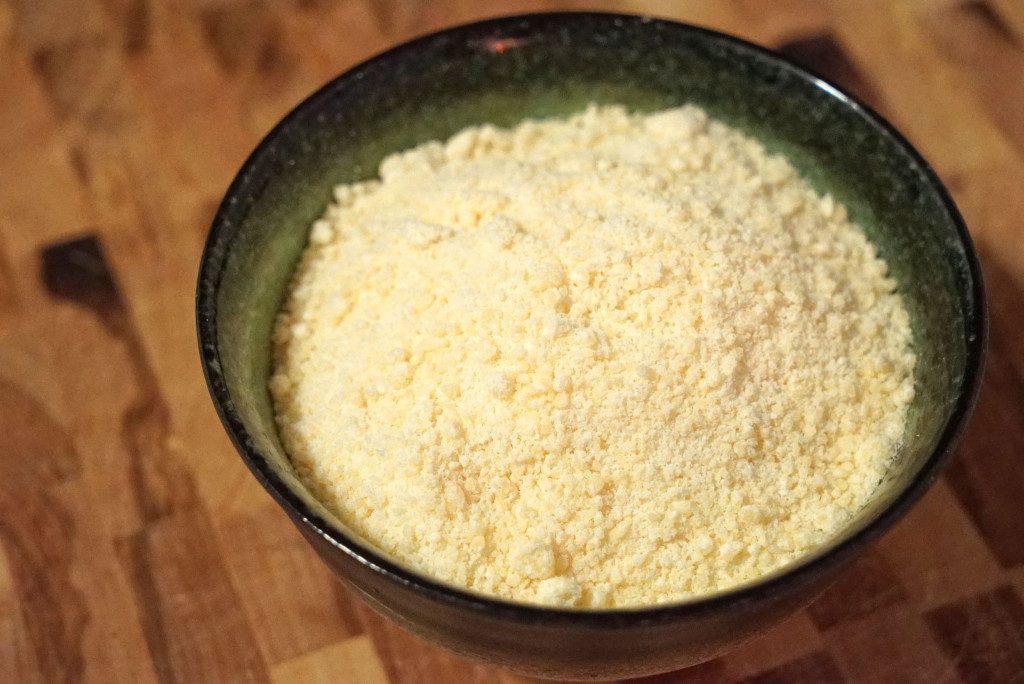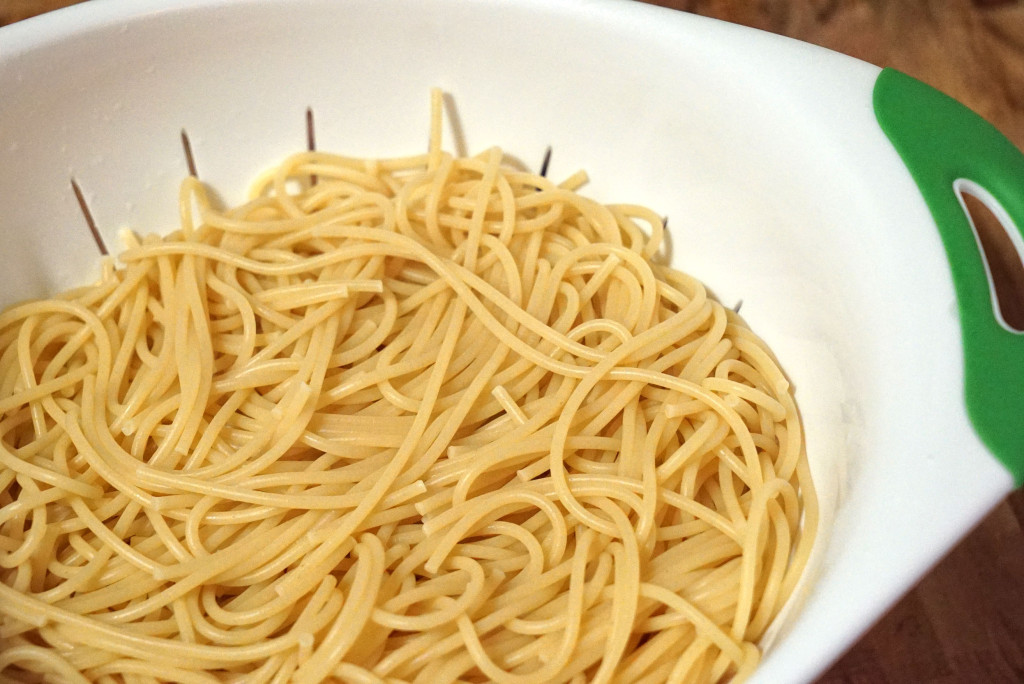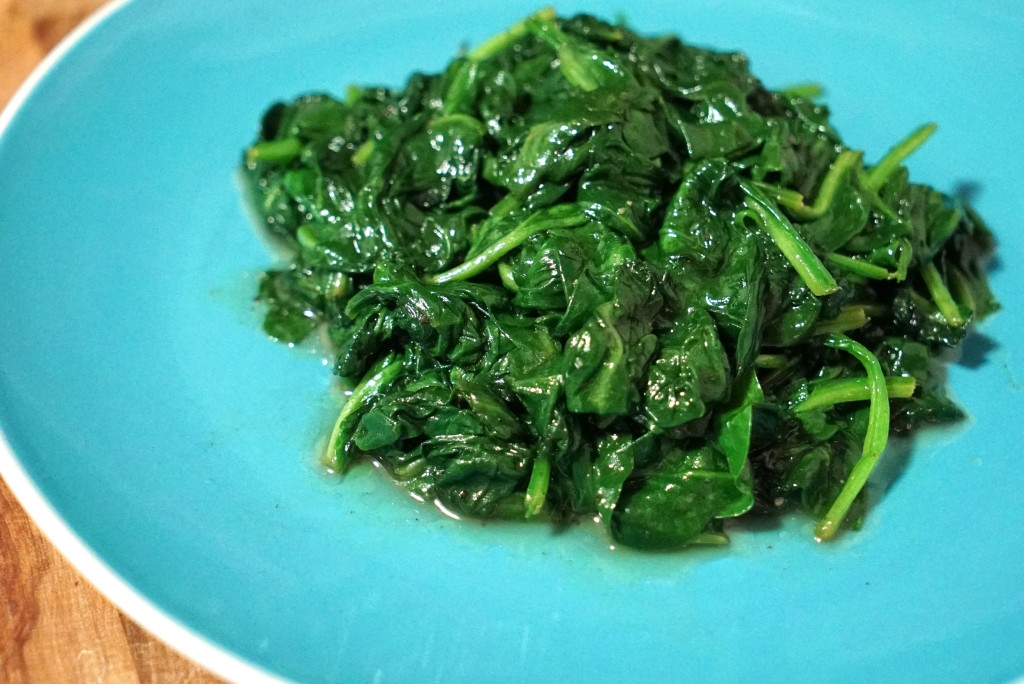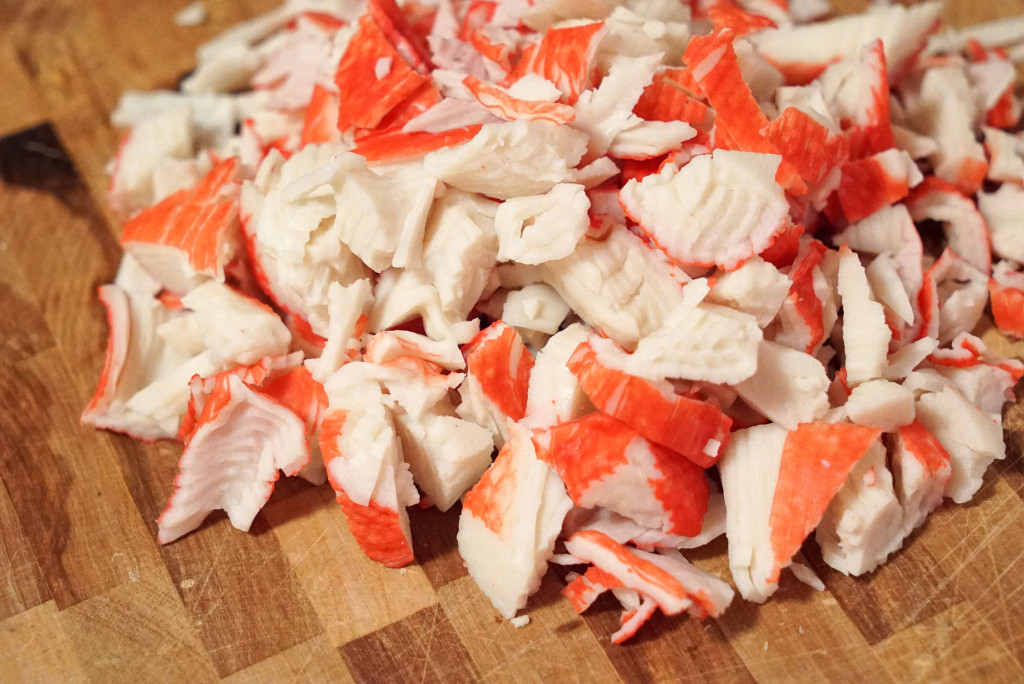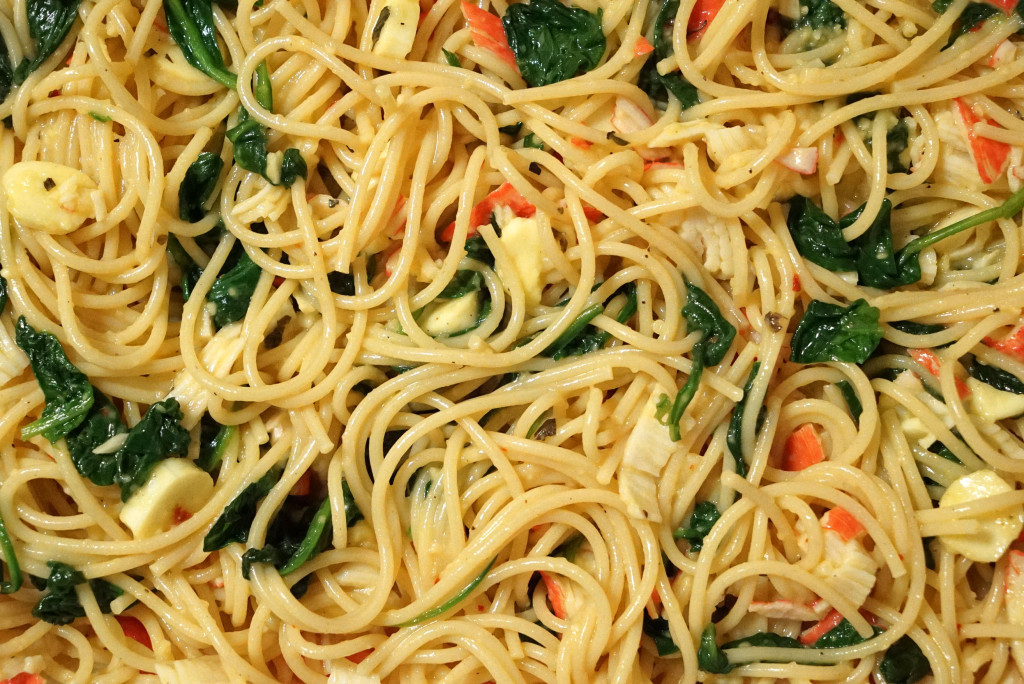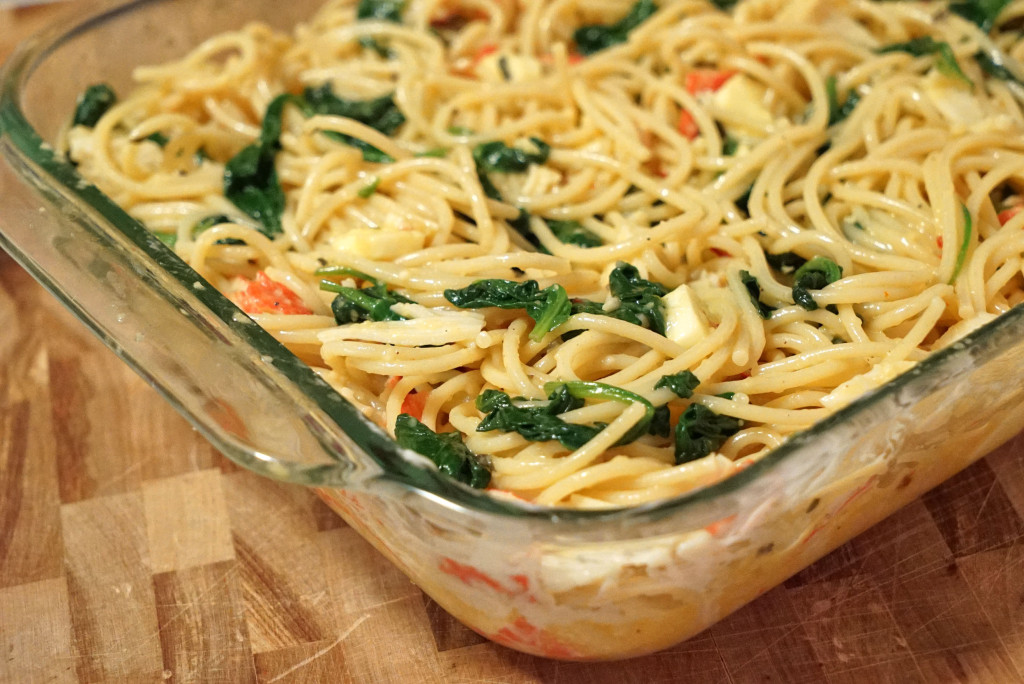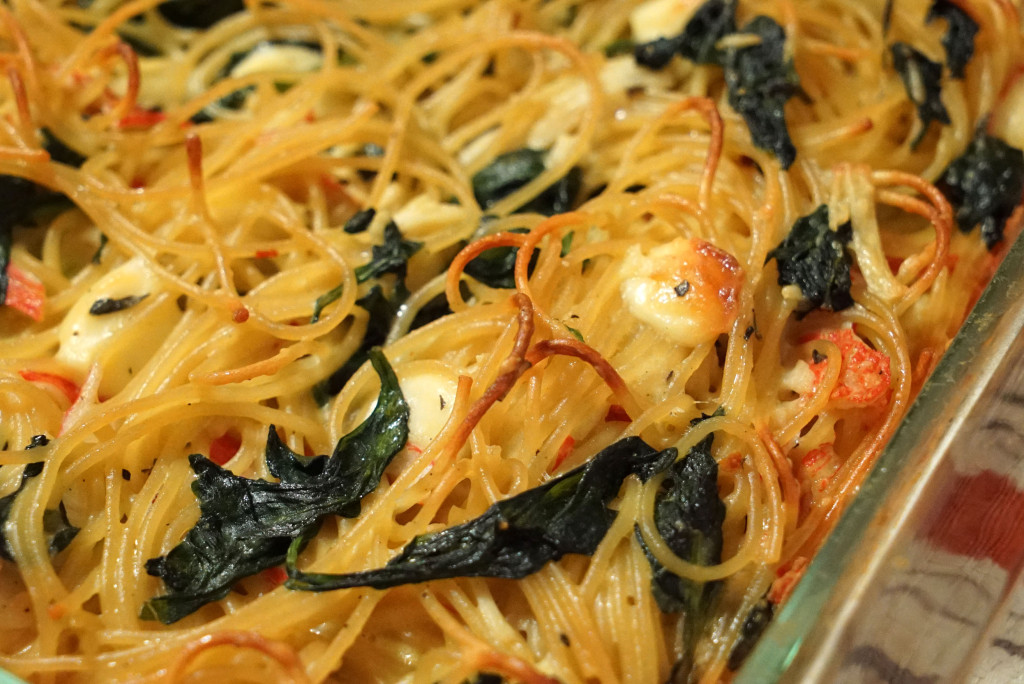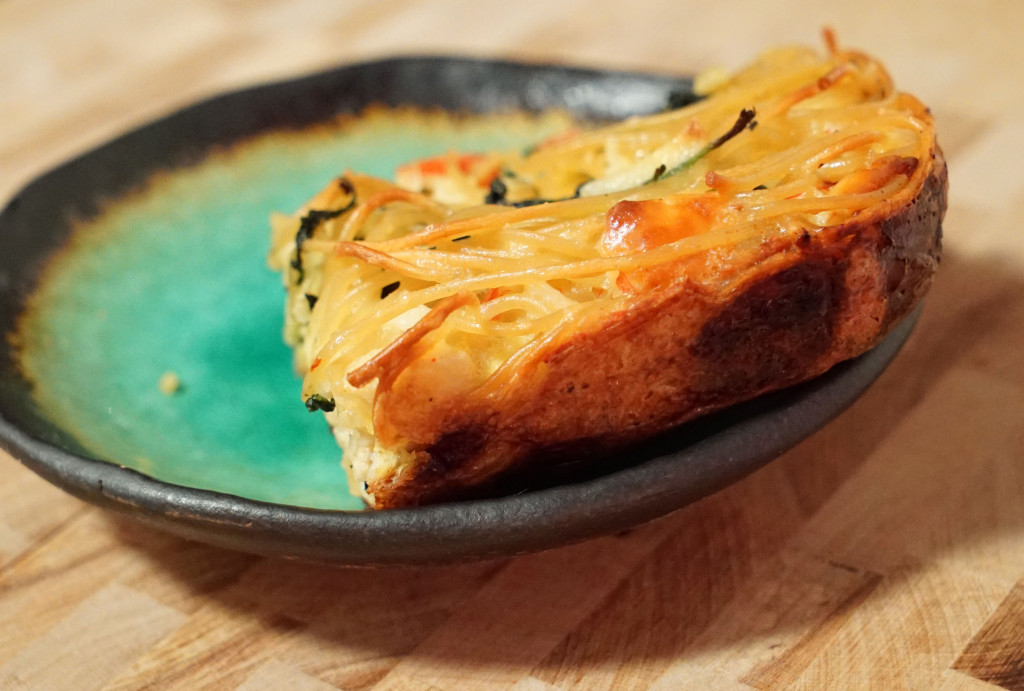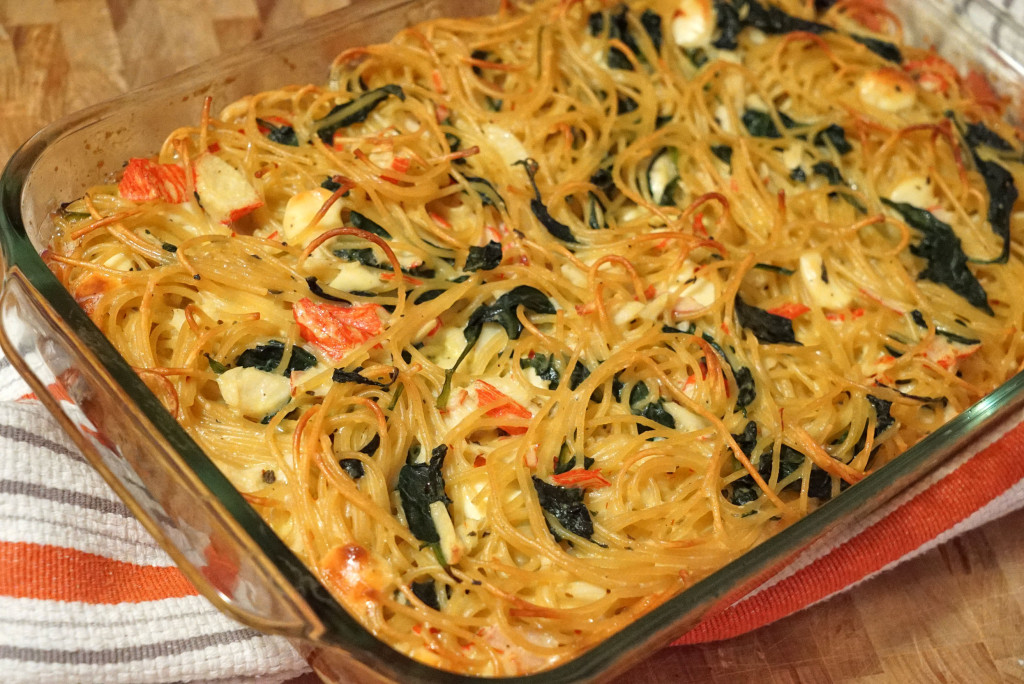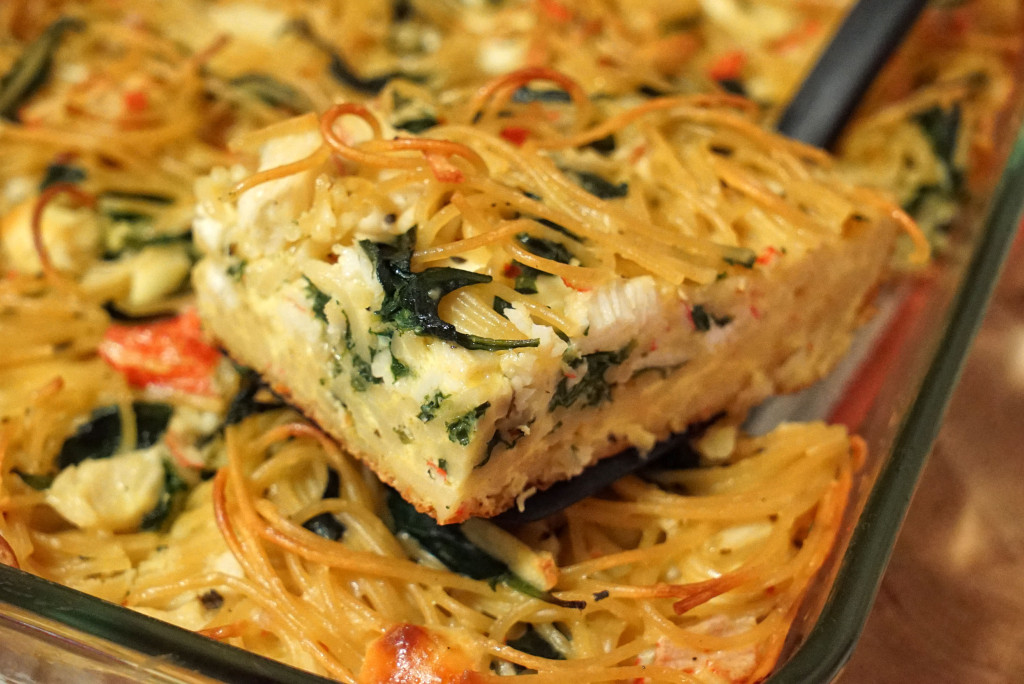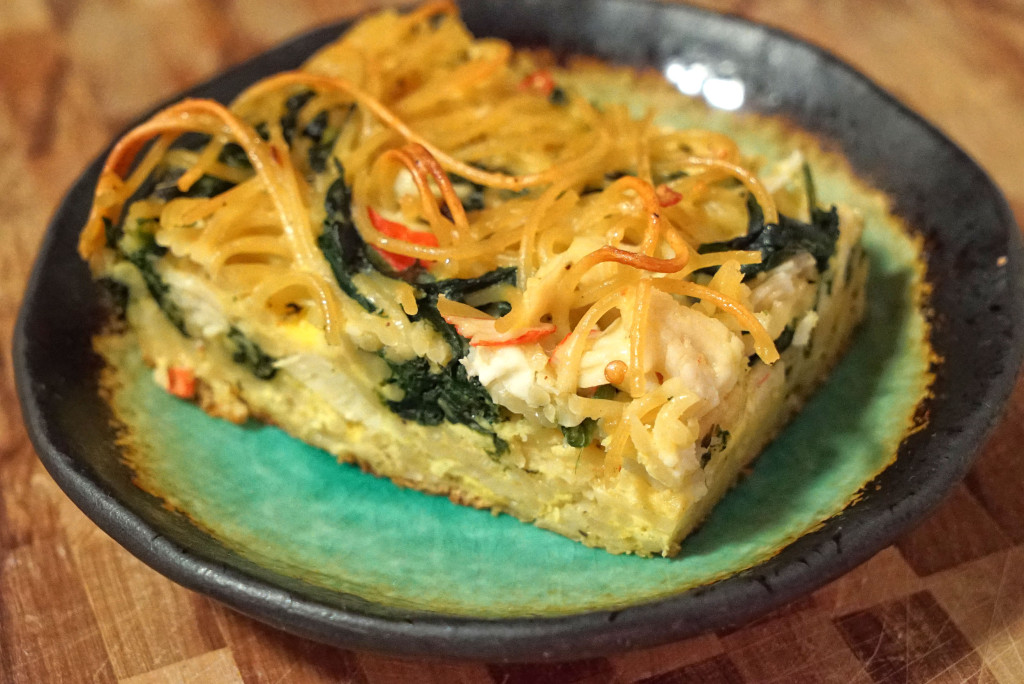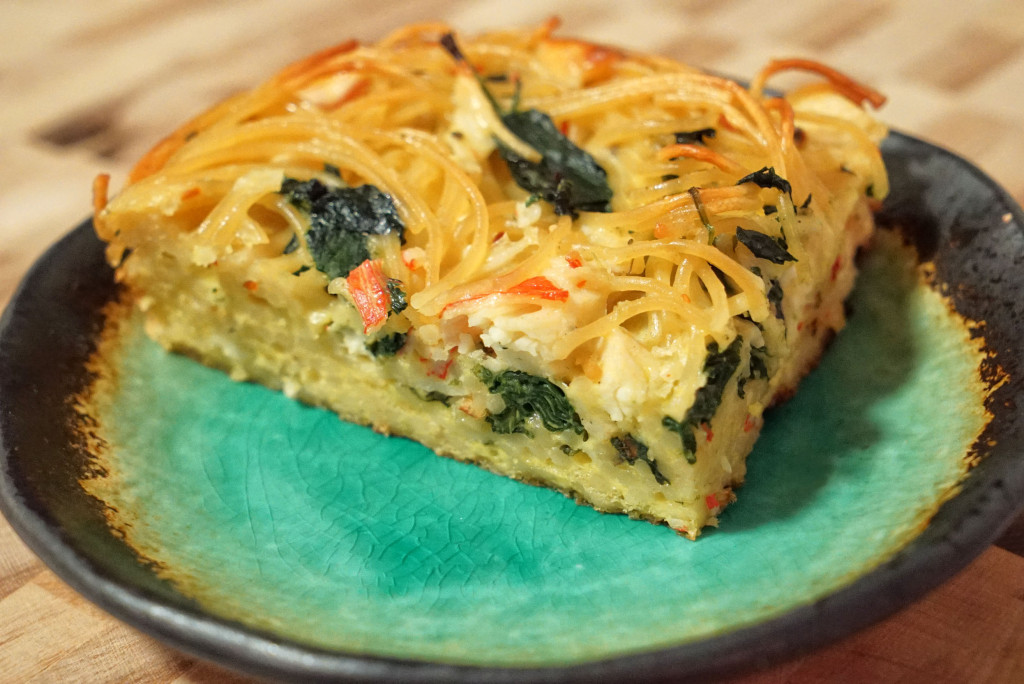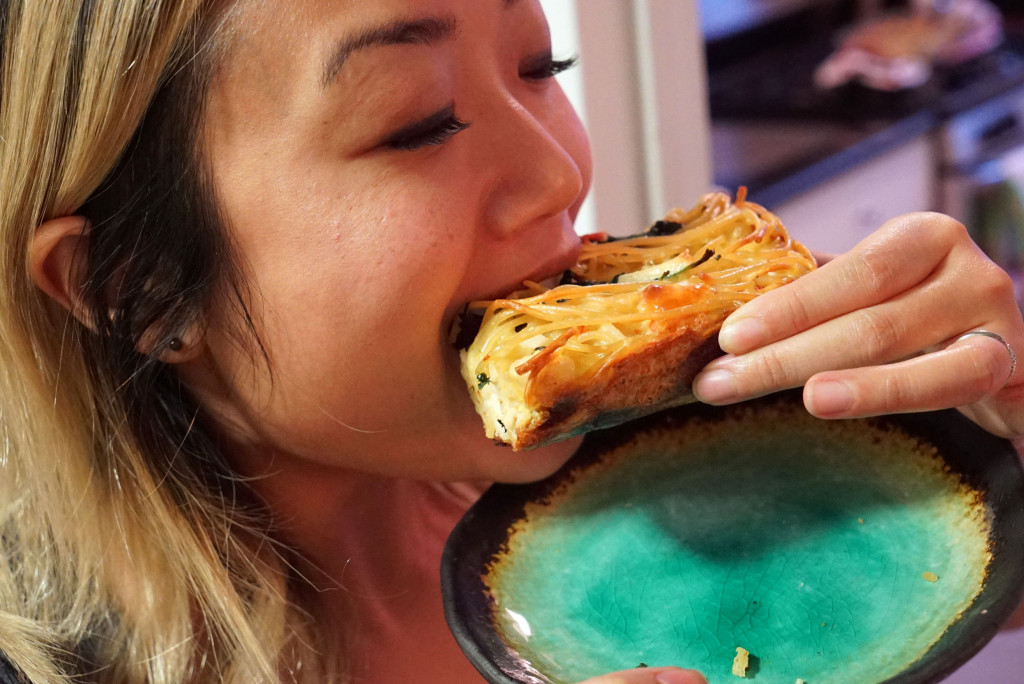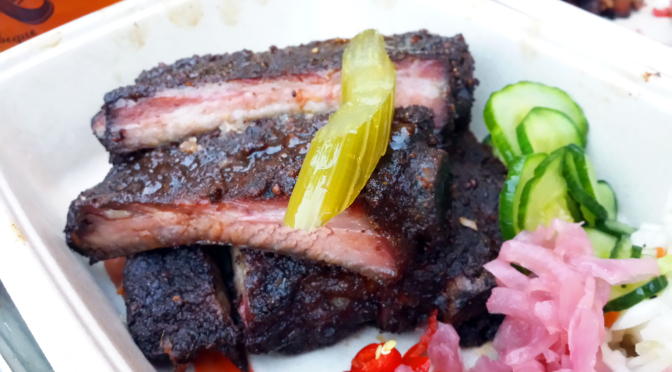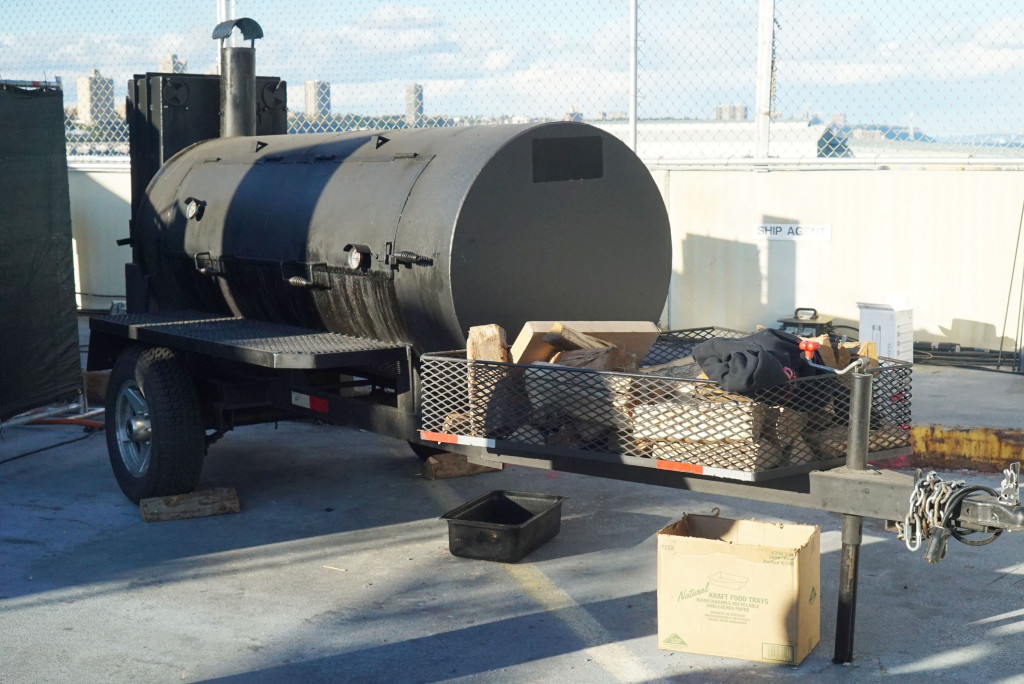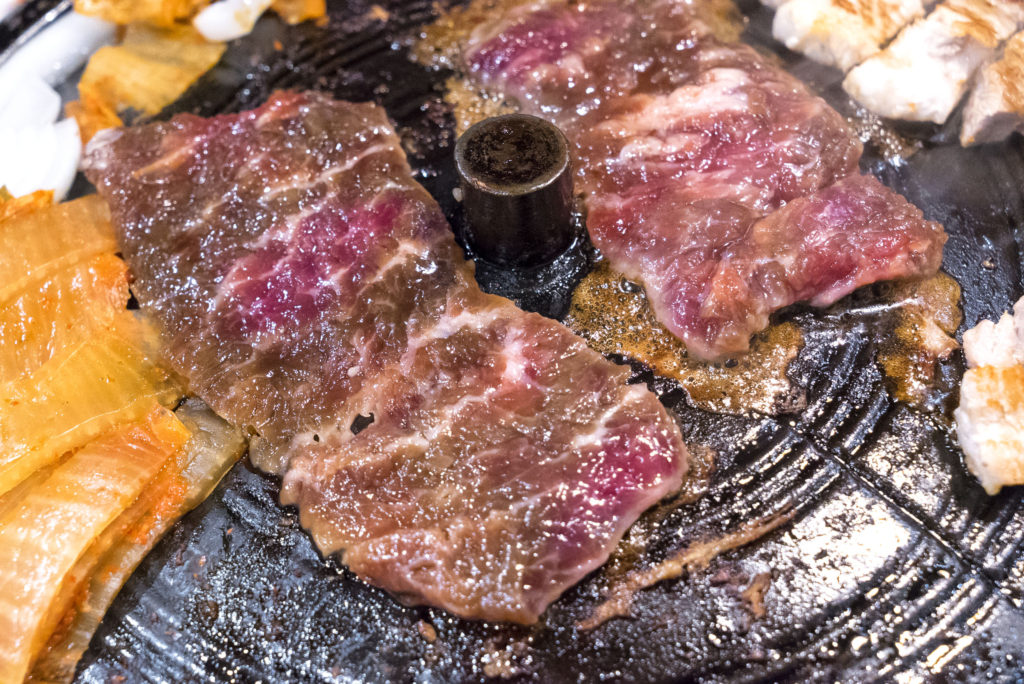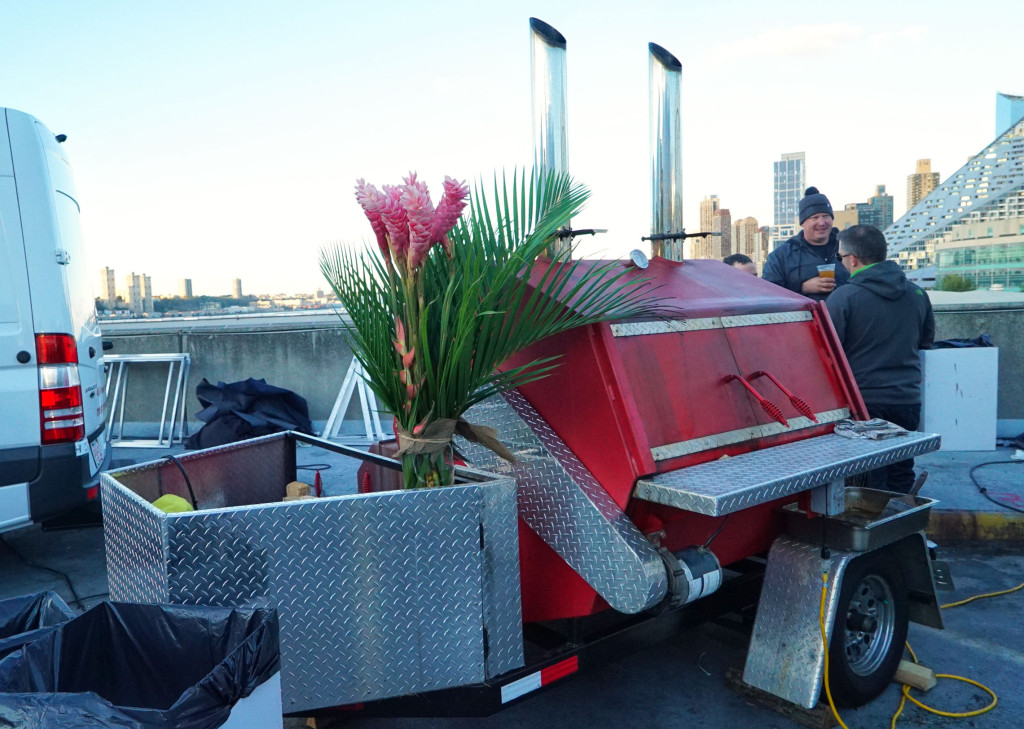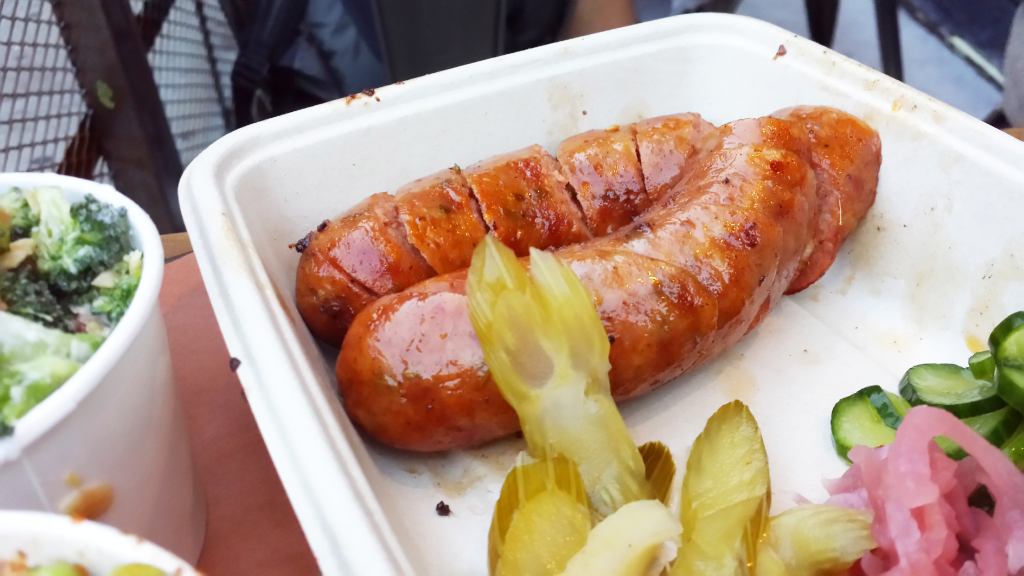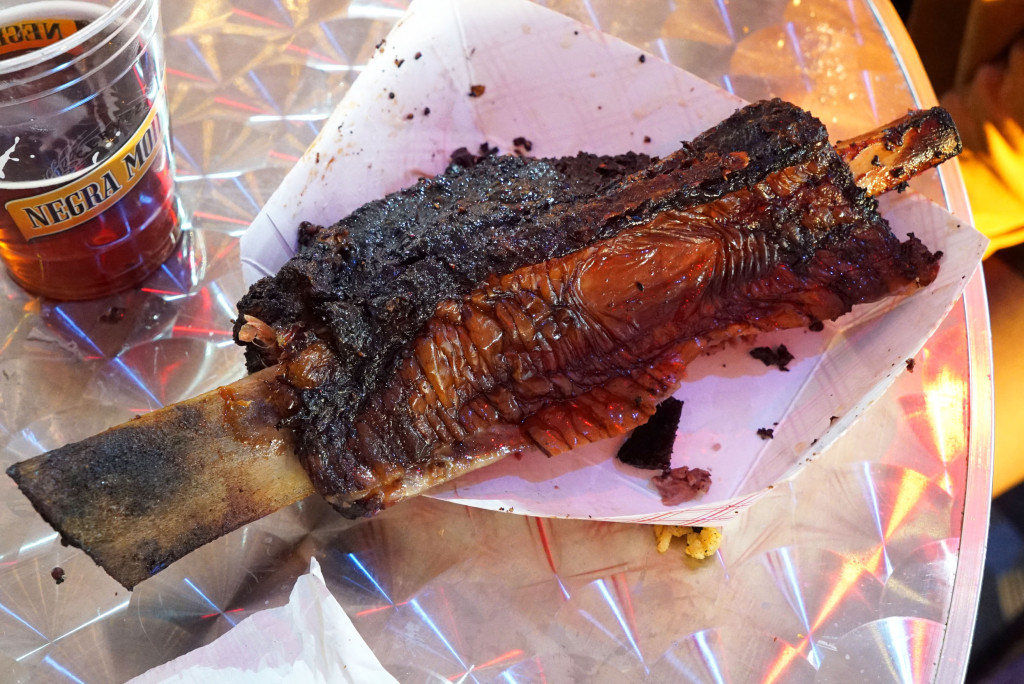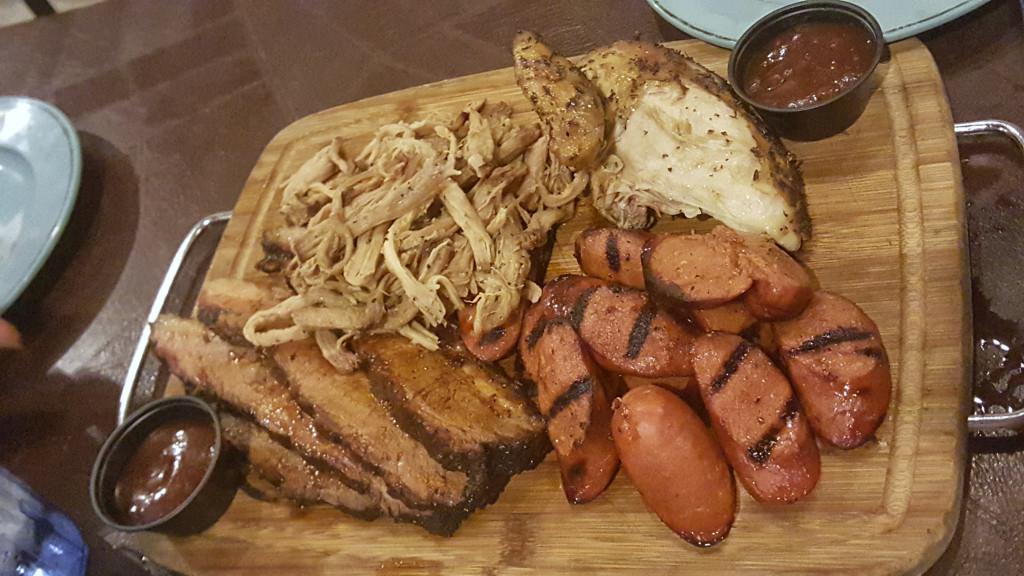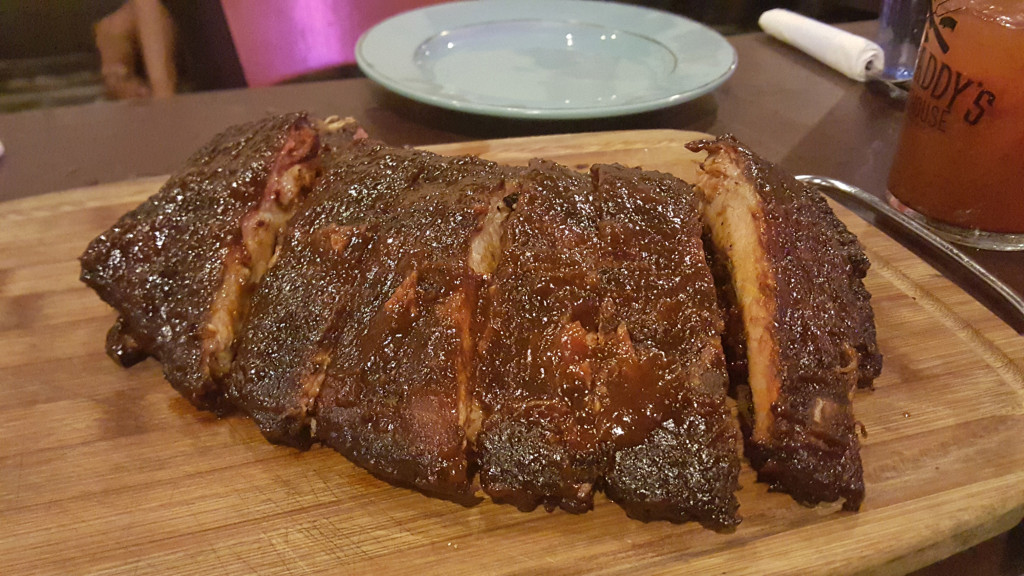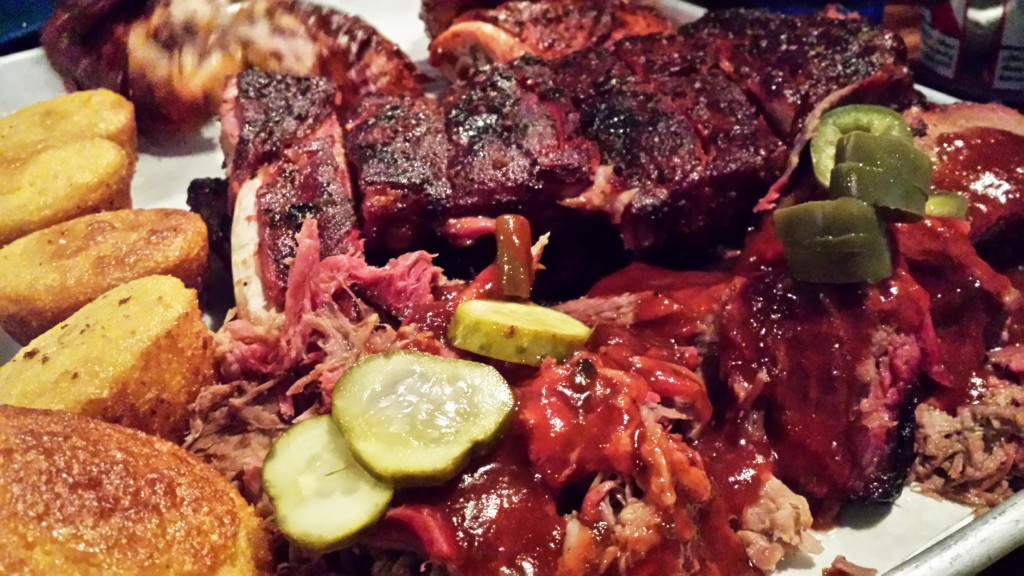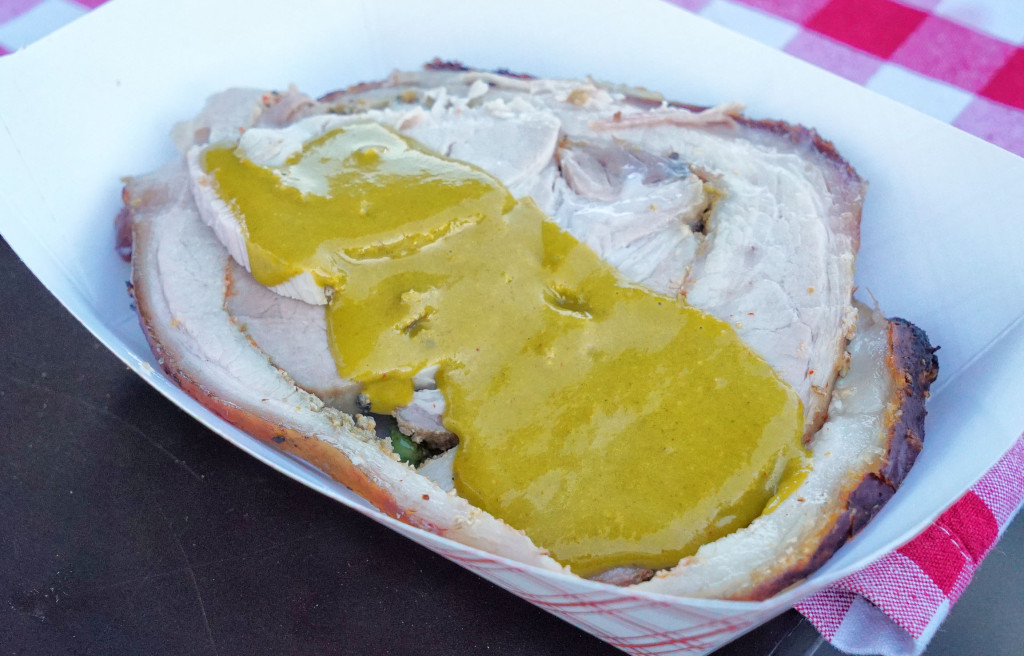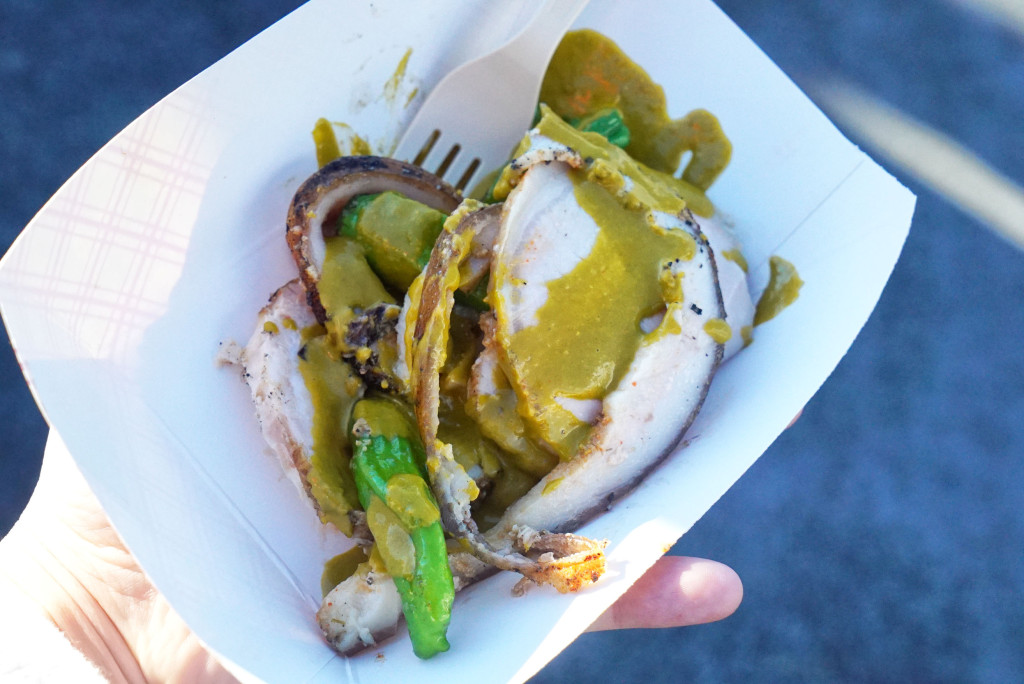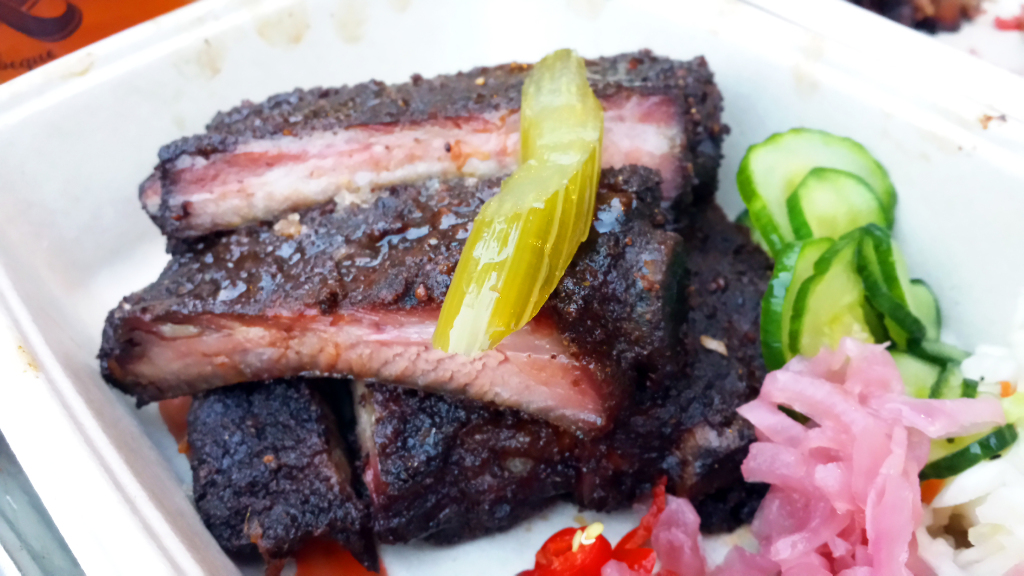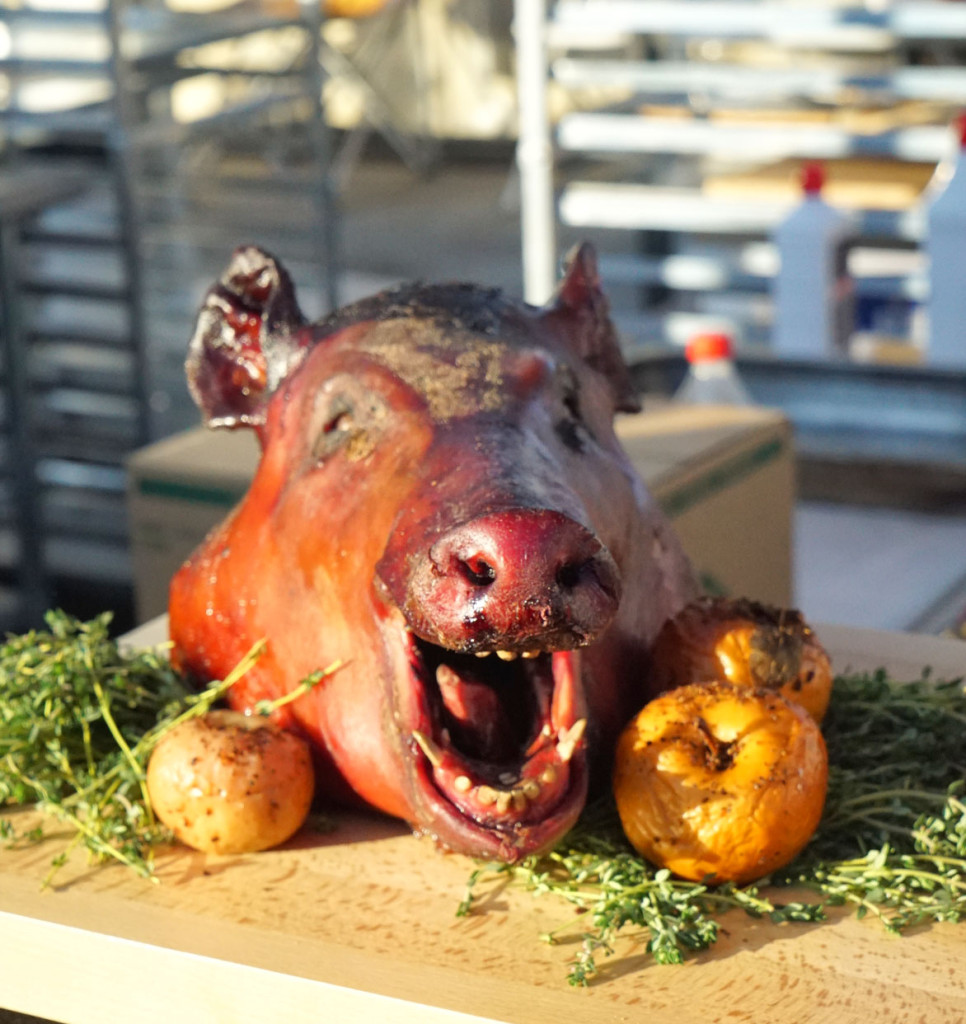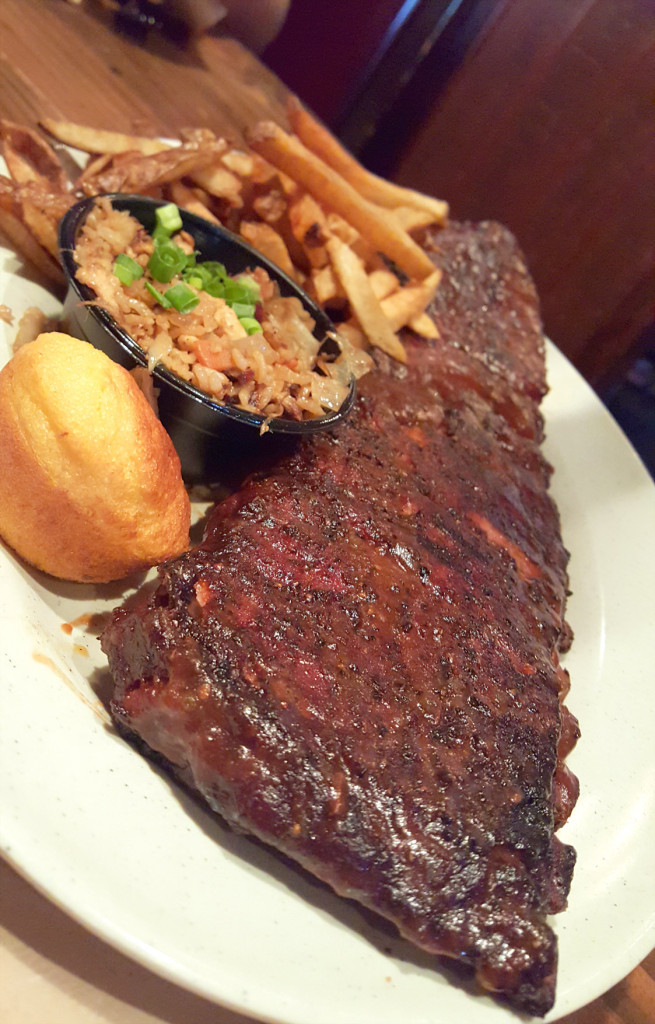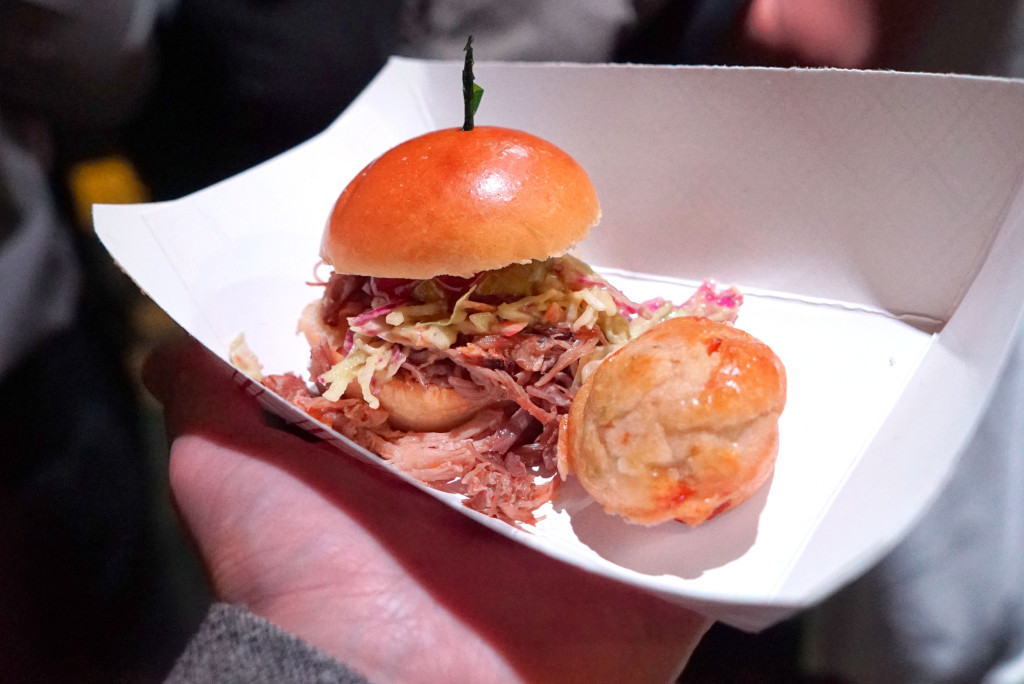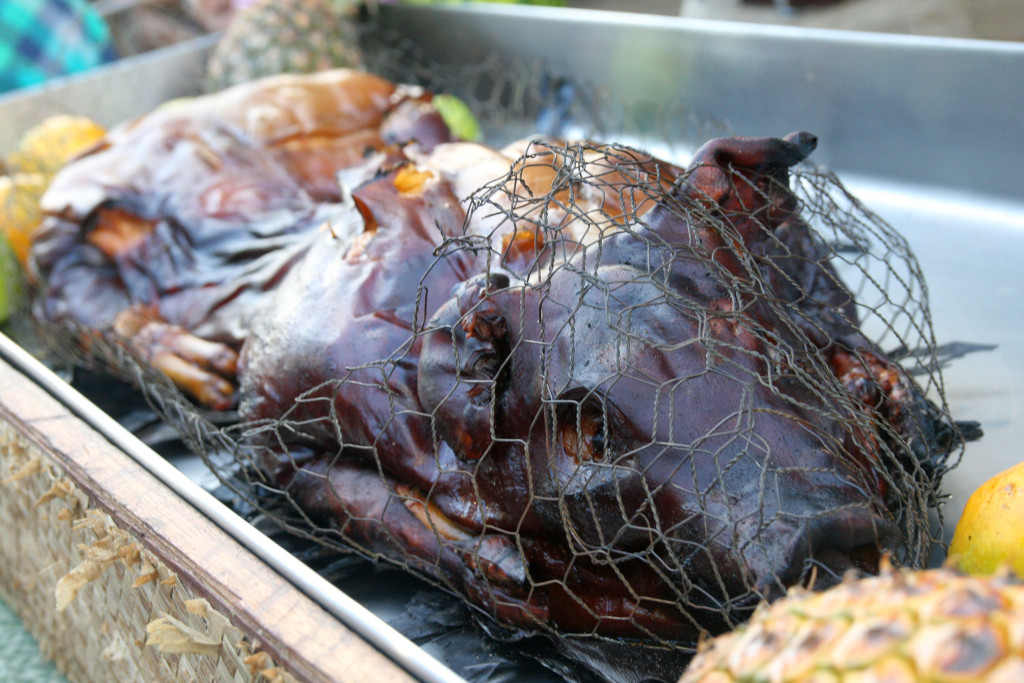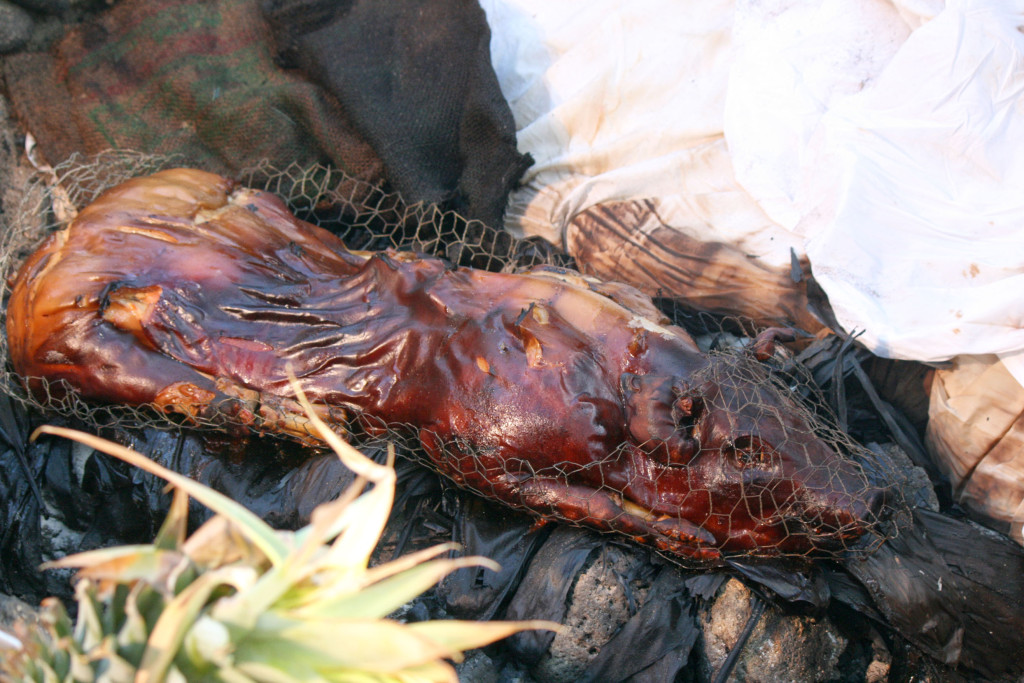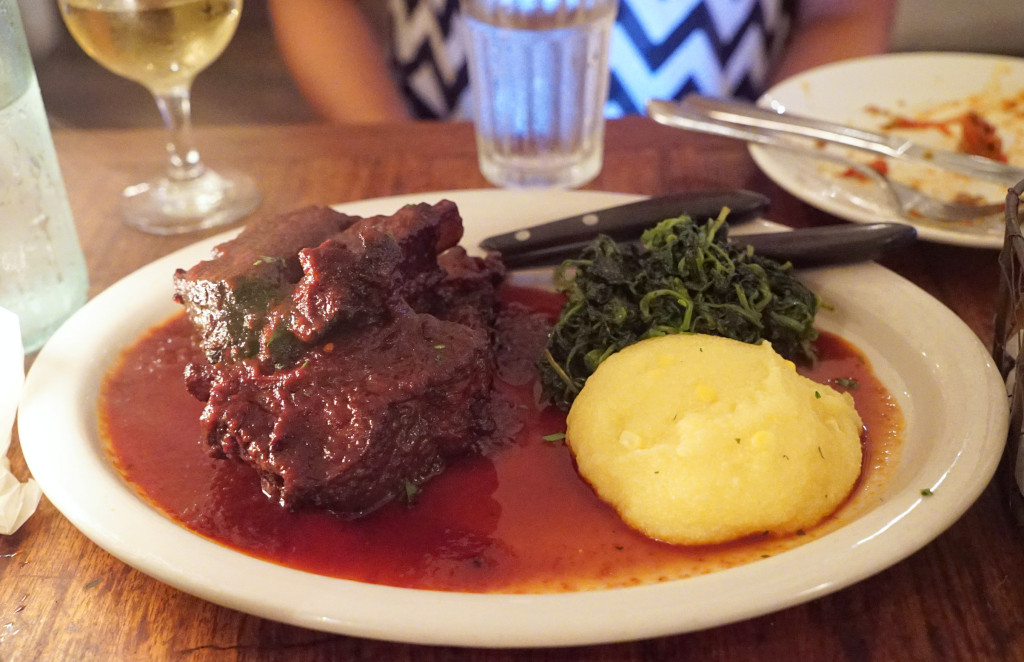The moment you step inside Carbone you are instantly transported.
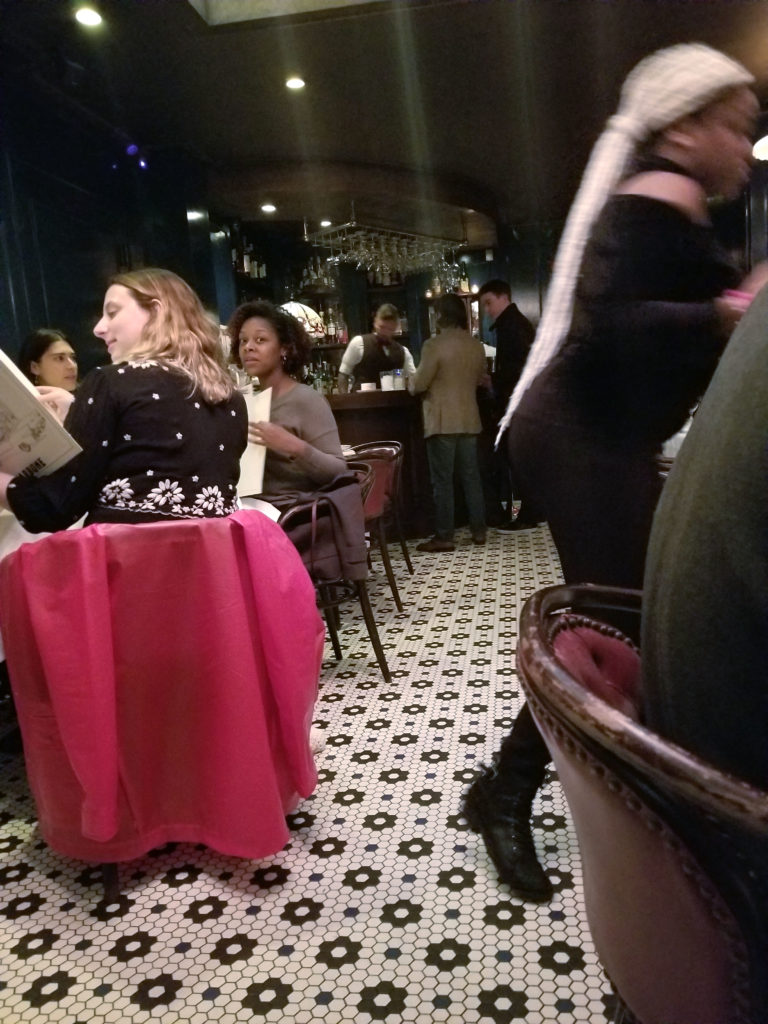
The dimly lit but lively dining room is both an homage to your Italian grandmother’s house as well as the restaurant where Michael shoots Sollozzo and McCluskey in The Godfather.

The place is immediately familiar and cozy. You may even recognize furniture and light fixtures if you grew up around Italian-Americans.

The music is all the great crooner hits from your favorite mob movies like Goodfellas, with some doo-wop classics from Bronx Tale mixed in. Not too loud, not too soft. And the food is some of the best red sauce Italian-American cuisine I’ve ever had.
The sharply dressed, deep burgundy tuxedo-clad servers will first bring to the table a basket of tomato focaccia, garlic bread and sliced Italian bread.
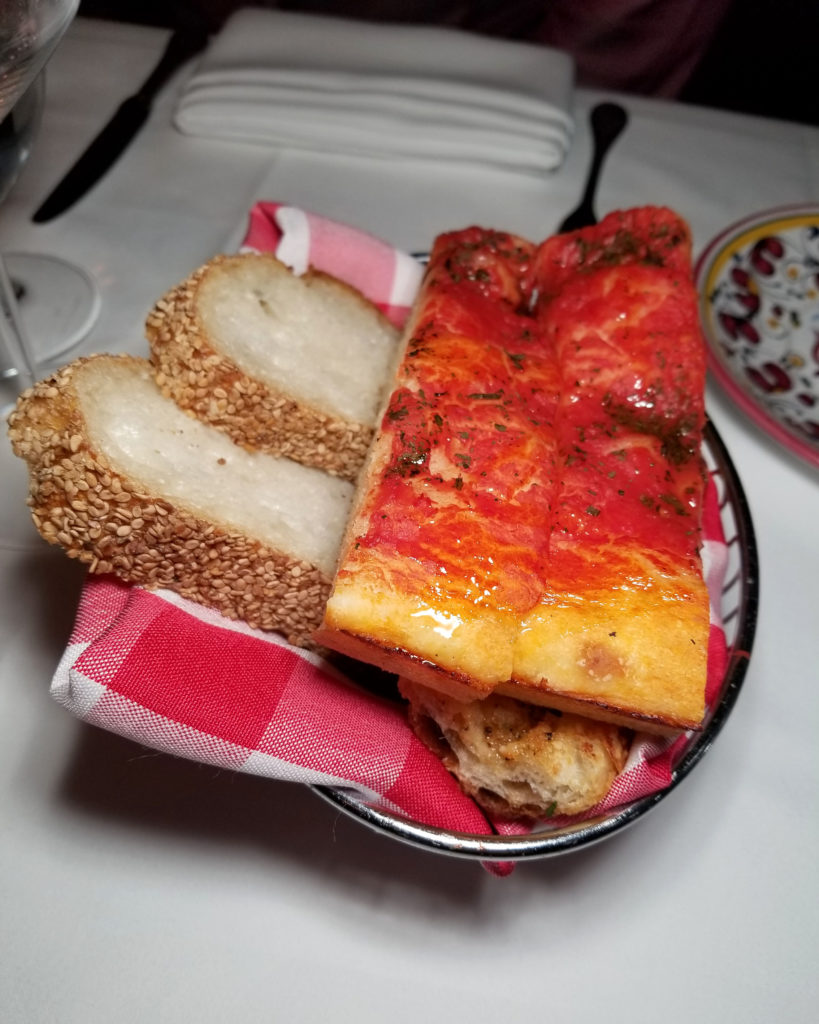
There’s also a plate of pickled cauliflower to snack on, some locally made finocchiona salami, and of course a nice hunk of parmigiano reggiano cheese.
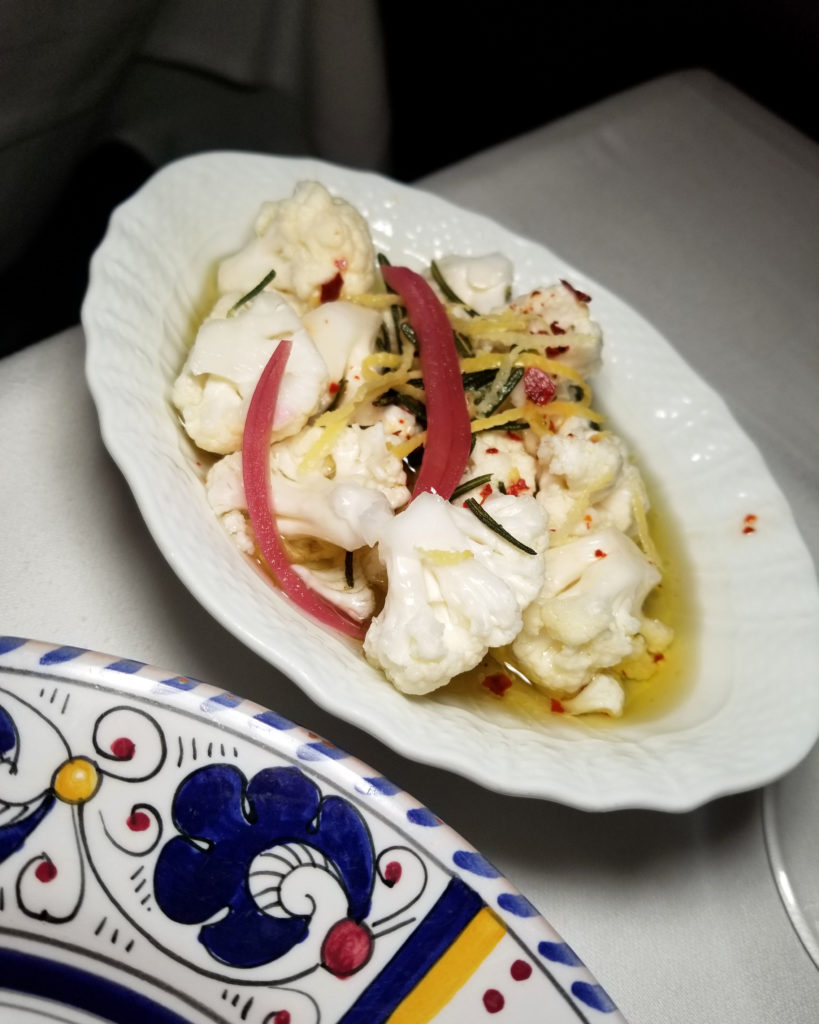
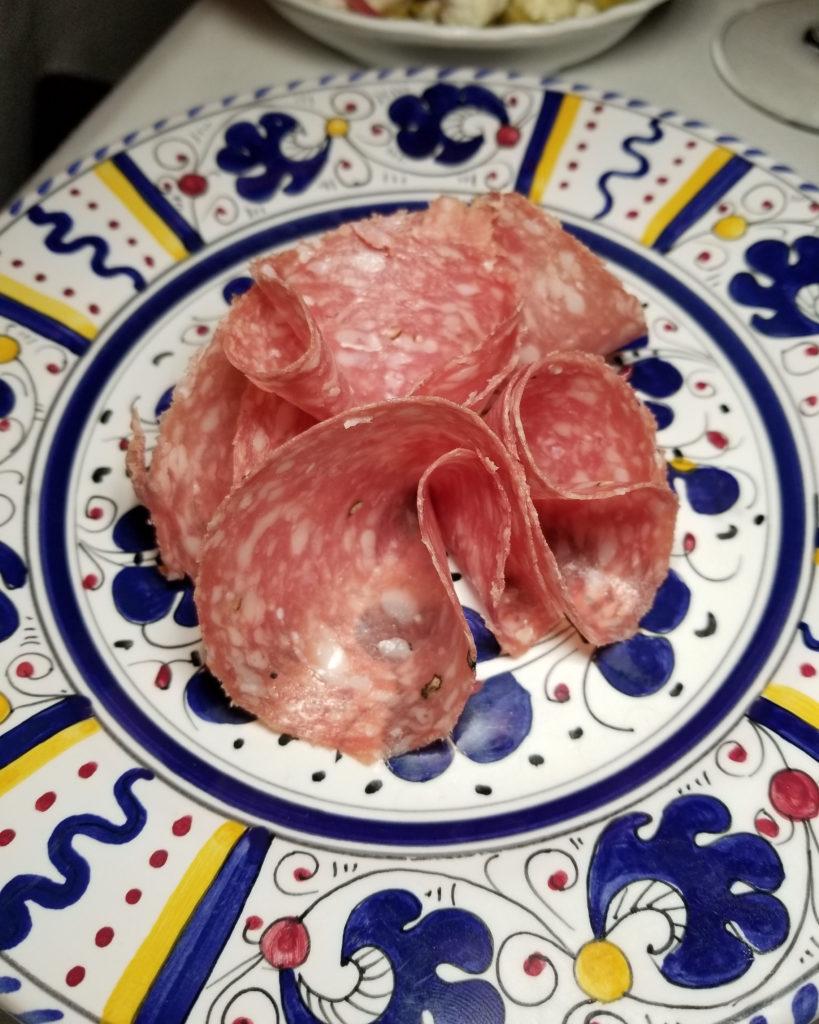
We started with the truffle emulsion Piedmontese beef carpaccio, which is served with some peppery arugula, walnuts, chives, coarse salt, sliced mushrooms and a generous drizzle of some killer olive oil. This was hands down the best carpaccio dish I’ve ever had.
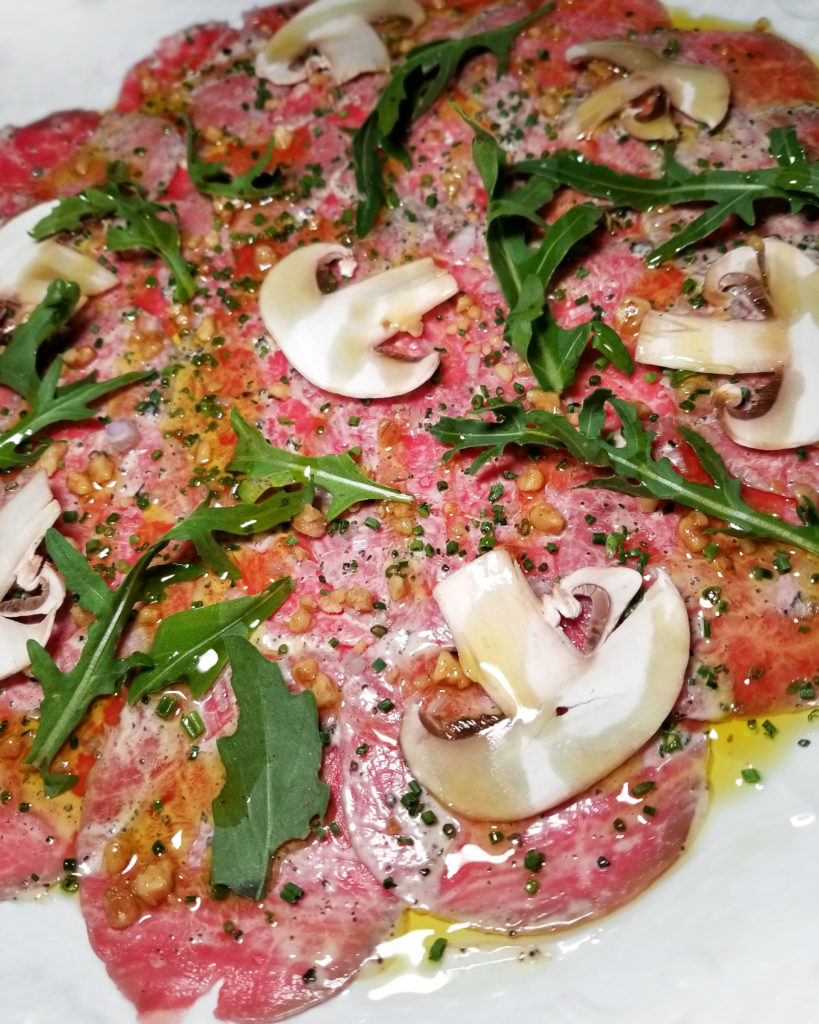
Their baked clams are pretty great as well. My favorite of the three styles is that center one, topped with pesto and uni. Absolutely awesome.
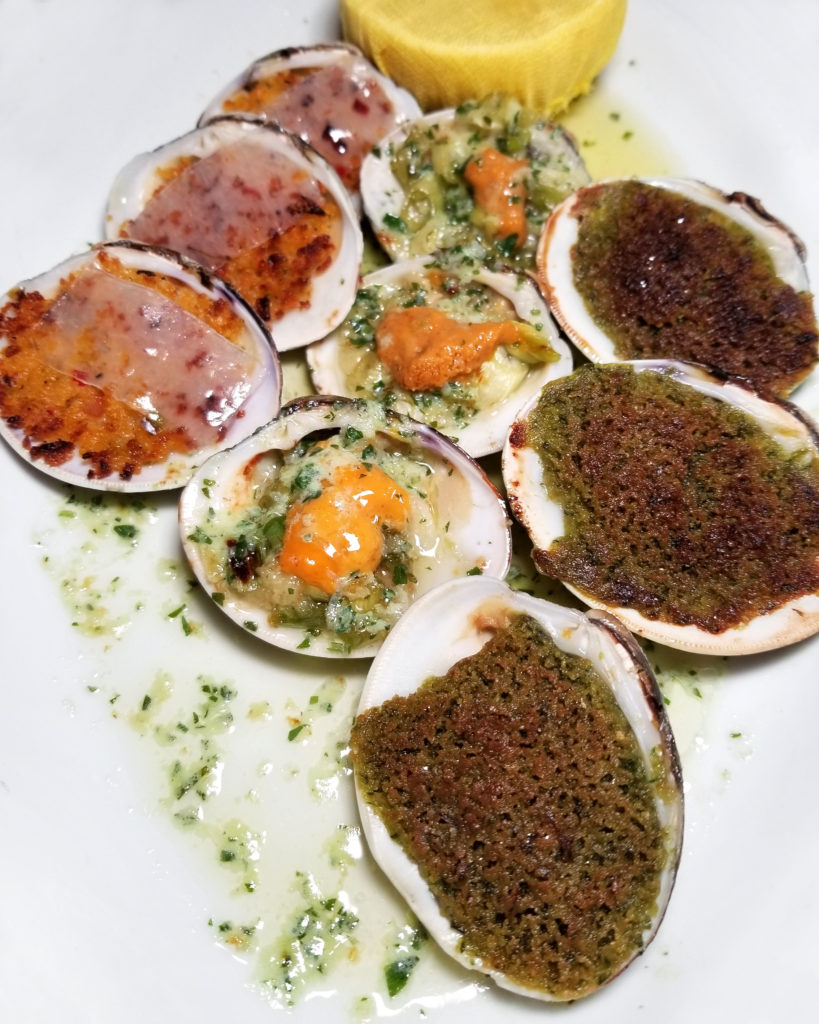
We tried three pasta dishes, because we are savage animals. The first was the spicy rigatoni vodka, which they describe as being “part of the DNA” of Carbone.
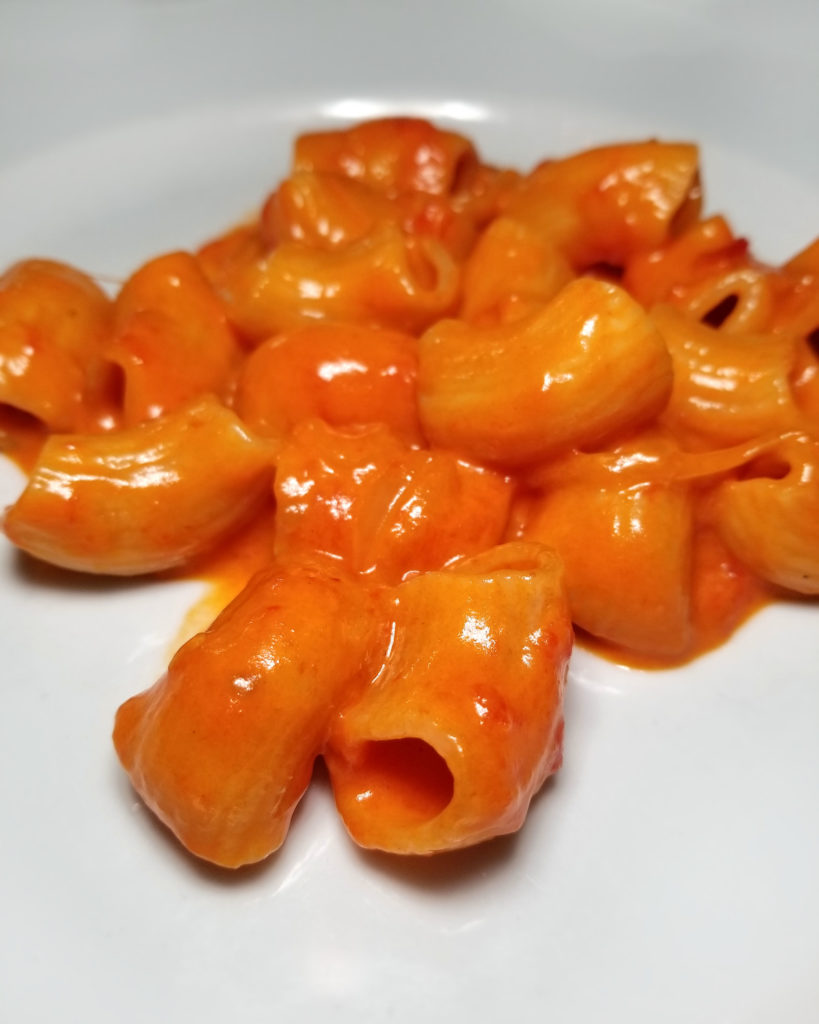
This was perfect. Perfectly spicy sauce, perfectly cooked pasta. Easily one of the best pasta dishes I’ve had this year. This is a must order pasta dish when you dine here. Even if you split it as an appetizer or something. Get that Carbone DNA in your mouth!
Next was the orecchiette with beans and cabbage.
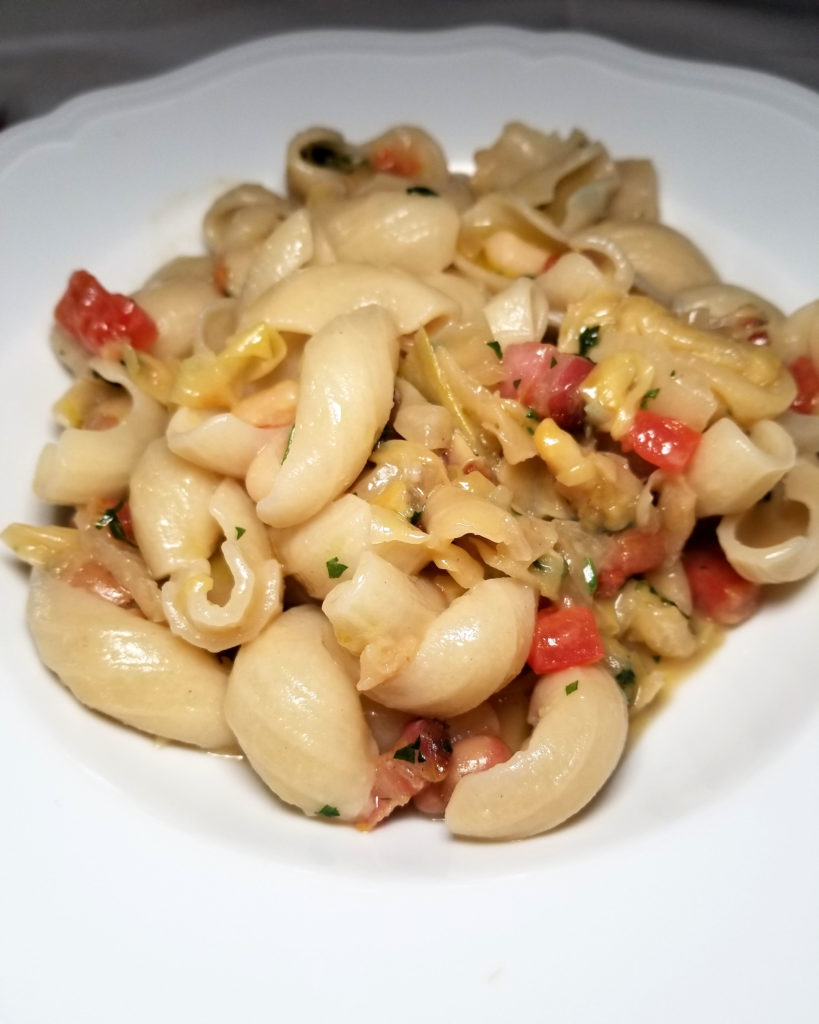
This seasonal pasta was mildly reminiscent of the “pasta e fagiole” that I ate growing up, only with the escarole swapped out for cabbage, and with a less porridge-like texture. This you can eat with a fork on a plate, unlike what I grew up eating, which required a bowl and a spoon. Either way, delicious.
Finally, the tortellini with meaty ragu.
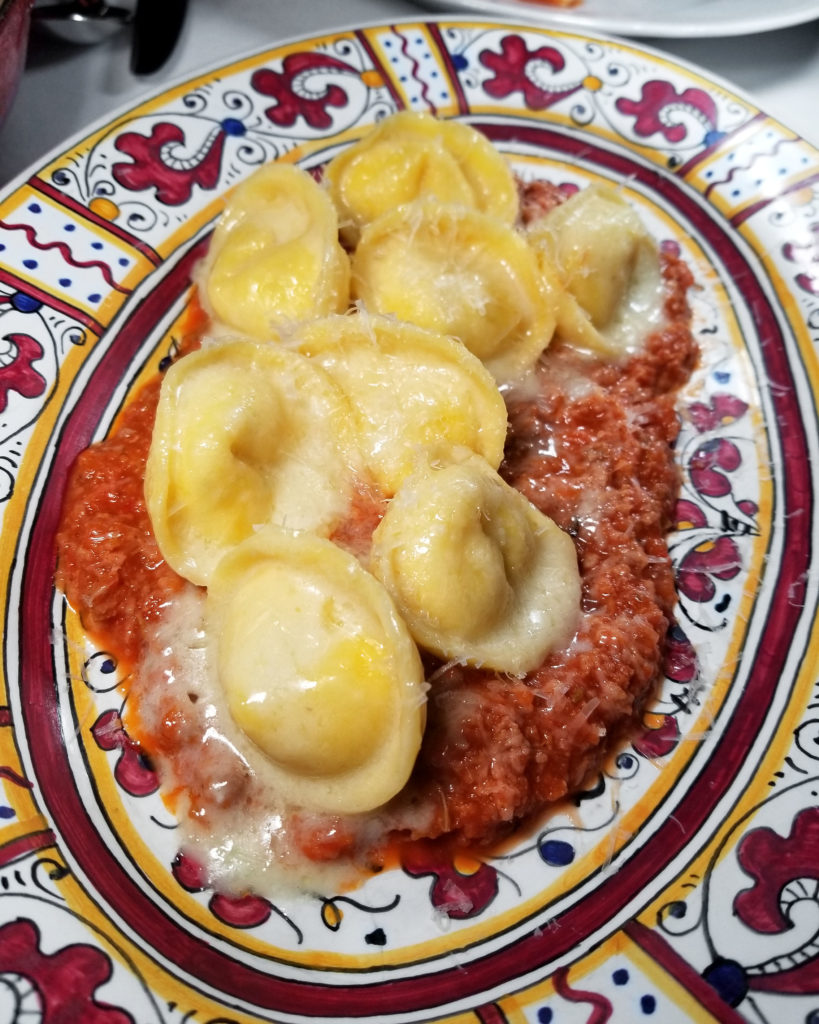
I’m generally not a huge fan of tortellini, but that’s probably because I’m used to the frozen or vac-sealed grocery store products that I usually eat cold (and dense) in a salad with olives, peppers and cheese. These bundles of joy were stellar. The stuffing inside was almost creamy, without any grainy or lumpy ricotta texture. And the sauce was going down my throat by the spoonful. Loved these. Absolutely beautiful plating as well.
We had a short break after the pasta and took down a trio of beautiful meatballs.
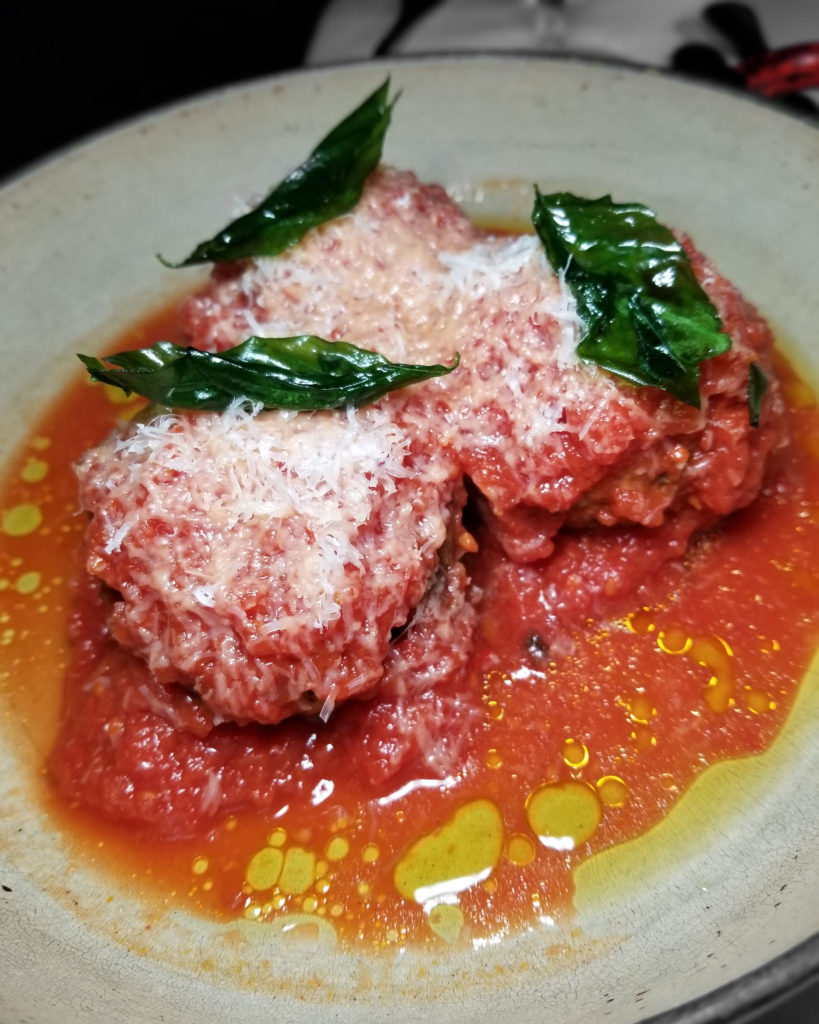
These off-menu delights are nice and tender, and packed with flavor. Rustically formed, you can sometimes get a chunk of melty cheese or a piece of soft, roasted garlic in the occasional lucky bite. These were great. Don’t be alarmed, either; they will be served pink in the middle.
For the entrees, we had both the veal parm and the pork chop with peppers. The veal was pounded out flat, and fried to a golden crisp with seasoned breadcrumbs. The bright sauce and melted cheese (both mozz and ricotta, with some grated parm on top) were topped with crispy basil leaves to bring home that nice herbaceous pop.
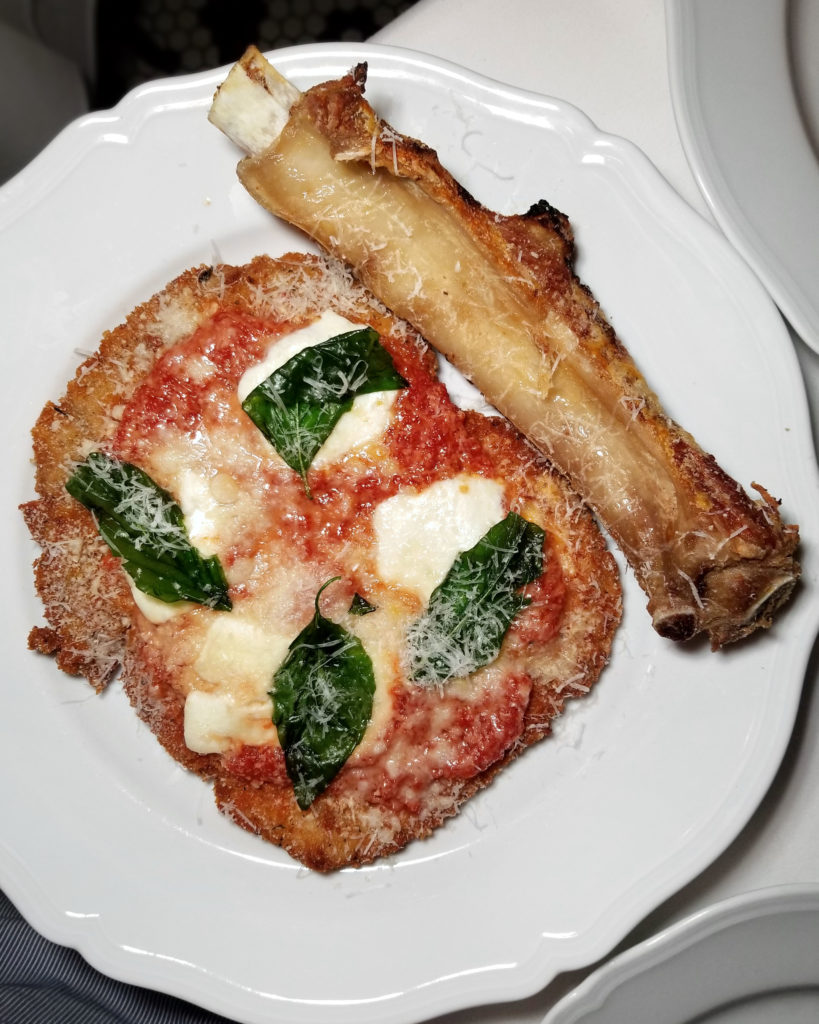
What a dish! They even serve it with the breaded and fried rib bone alongside the cutlet. And if you take some to go in a doggy bag, they’ll send you home with a sesame seed bun to make a sandwich out of the leftovers.
The pork with peppers reminded me of when my mom used to cook pork chops with cherry peppers and sliced potatoes as a kid. Nothing beats the taste of nostalgia, but this was a pretty close runner up. Those red peppers and onions on the side were delicious.
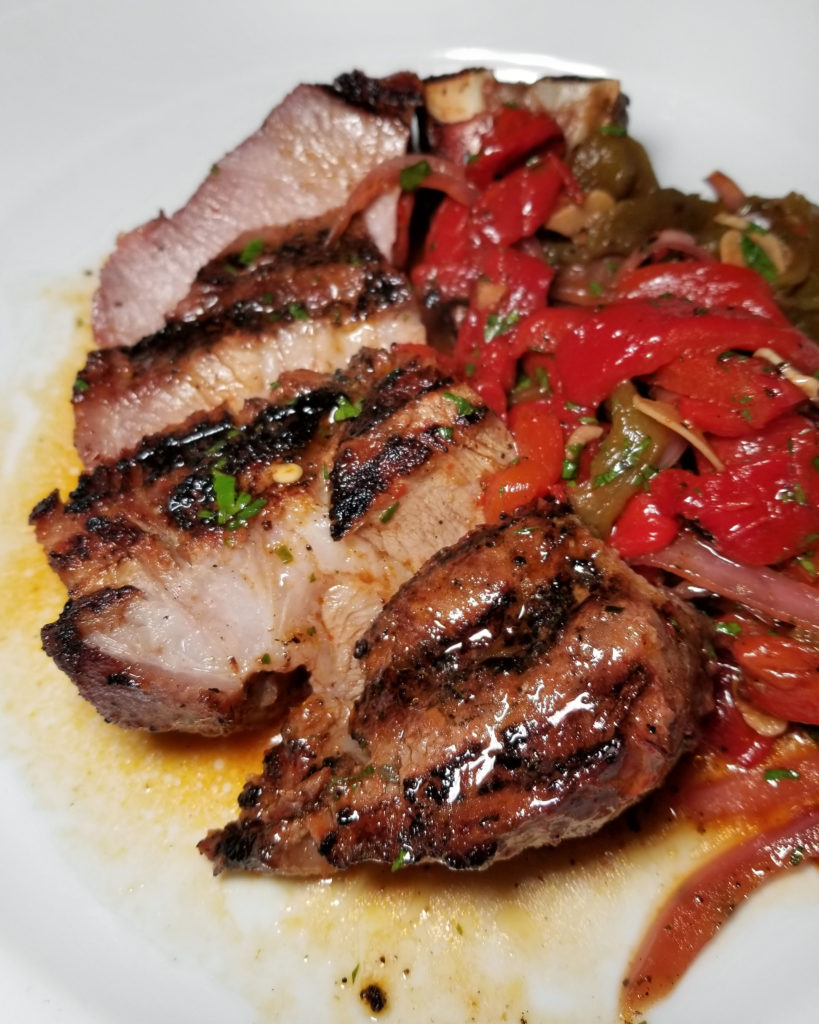
We were so stuffed that we had to skip dessert, despite the selections looking fantastic. I really wanted a slice of the lemon cheesecake.
But the captain, Jared, brought over some snacks for us after he saw how infatuated we were with all the little details in the restaurant that reminded us of growing up with Italian grandparents.
The rainbow cookies with espresso (and a splash of Sambuca!)…
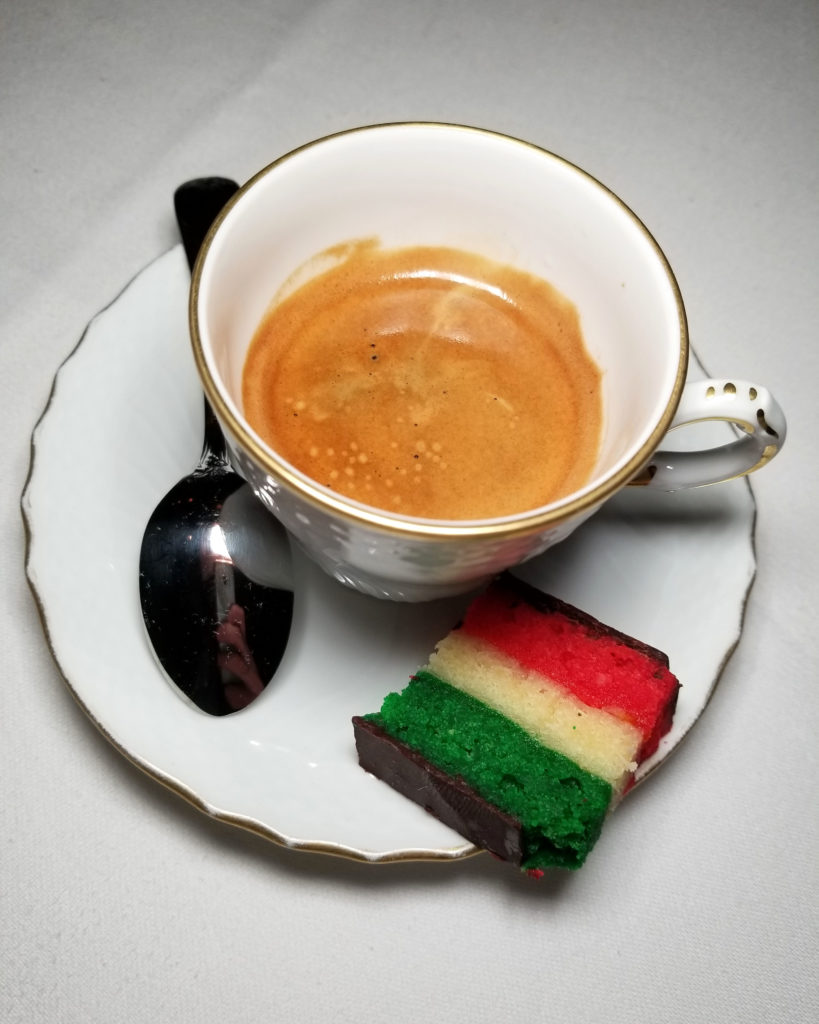
The Jordanian candy-coated almonds (just like those old Italian wedding favors in the mesh bag)…
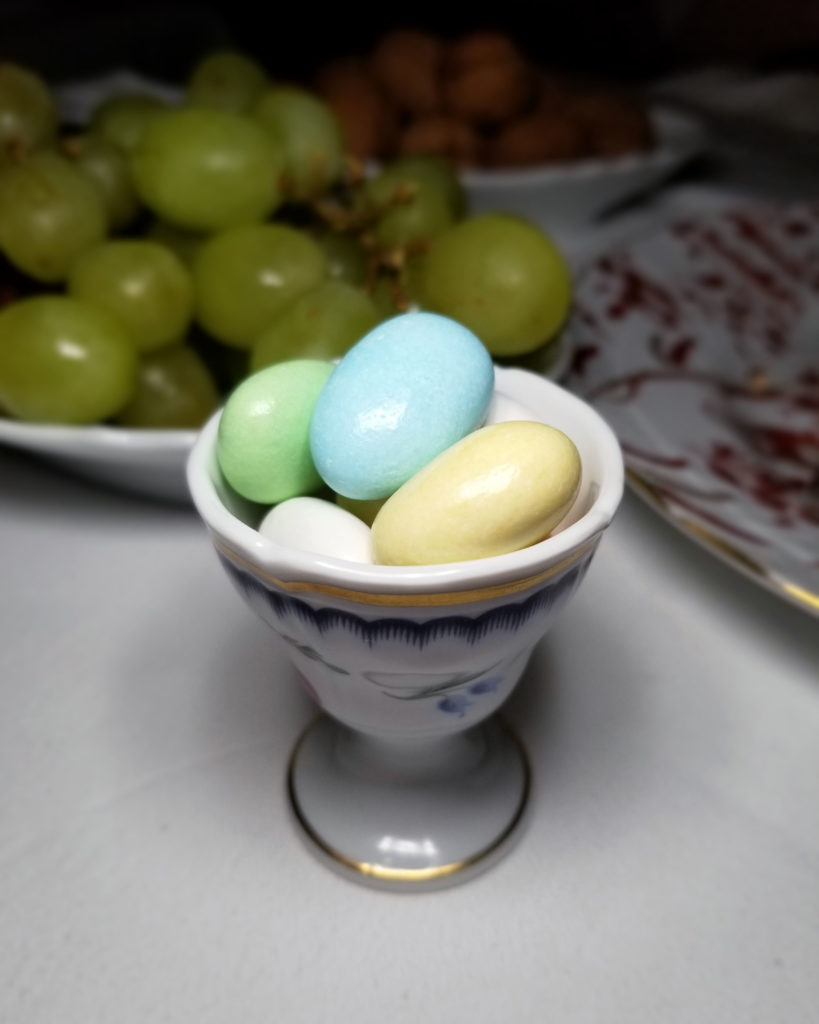
The simplicity of cotton candy grapes and walnuts (reminded me of Christmas Eve)…
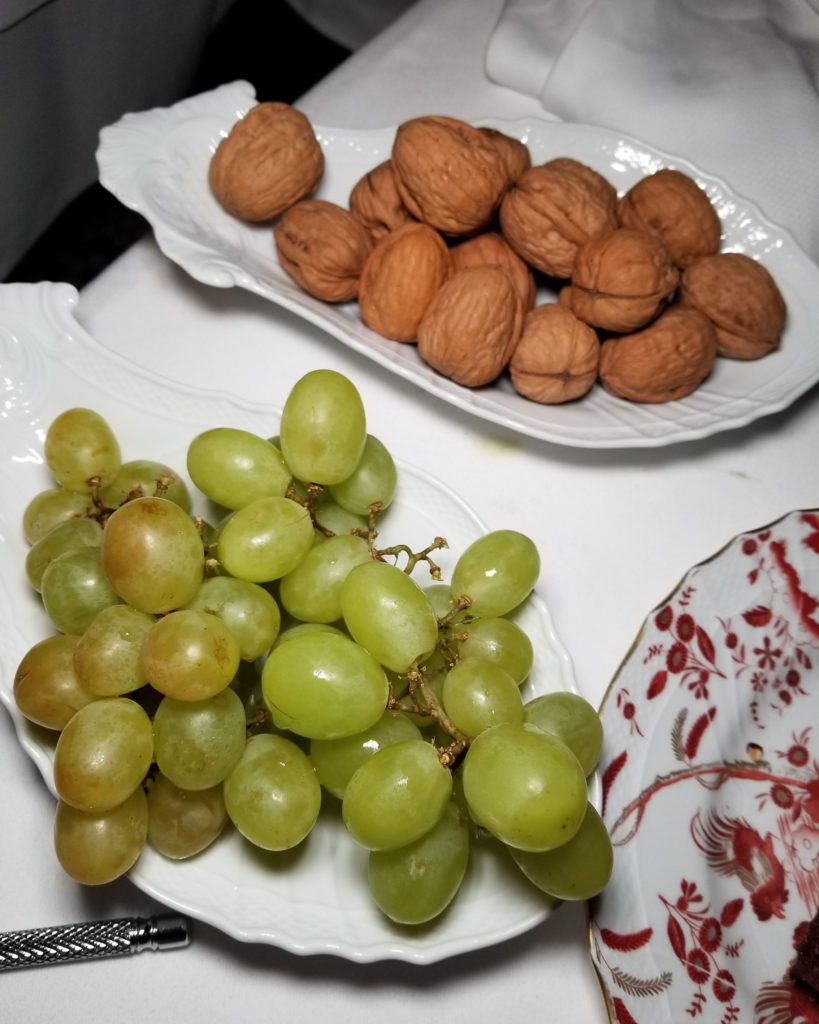
And, of course, the Italian cookies and pastries from an old tin box…
It’s no wonder this place has a Michelin star and has become a tough reservation to score. I generally don’t like hyped up joints, but here it is well-deserved. We even saw Adam Sandler there. This place is worth your time and money. Go, as soon as you can! And if you’ve already been, then go back.
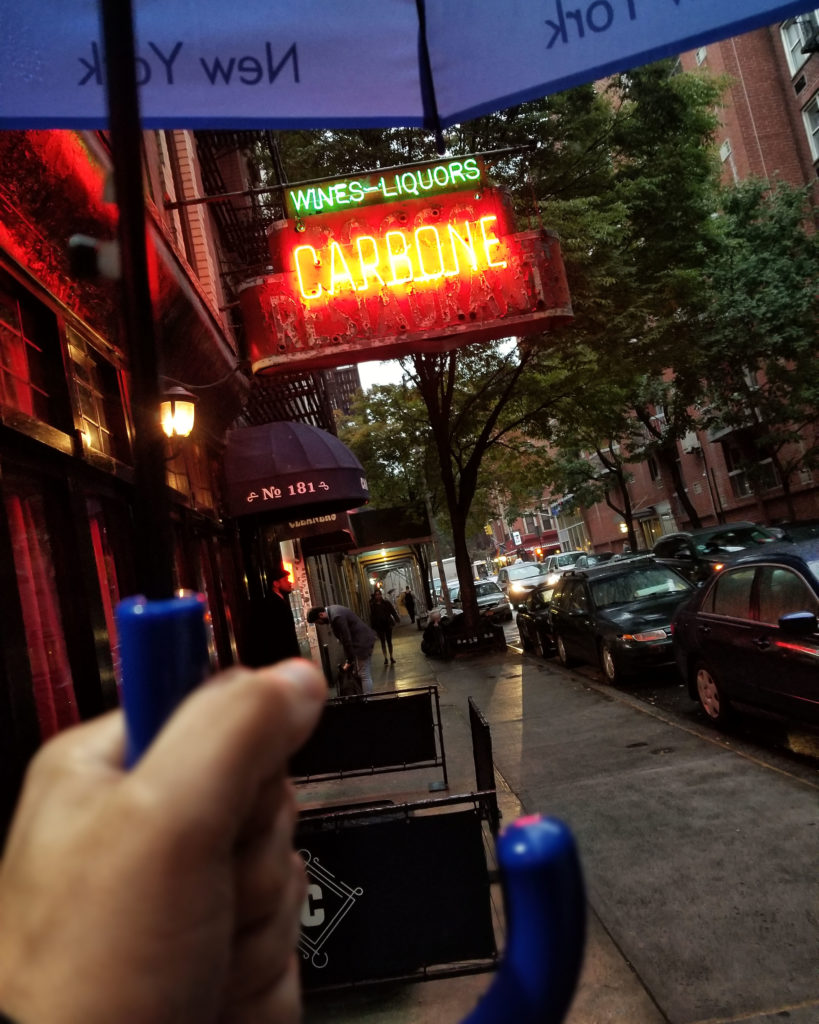
CARBONE
181 Thompson St
New York, NY 10012

